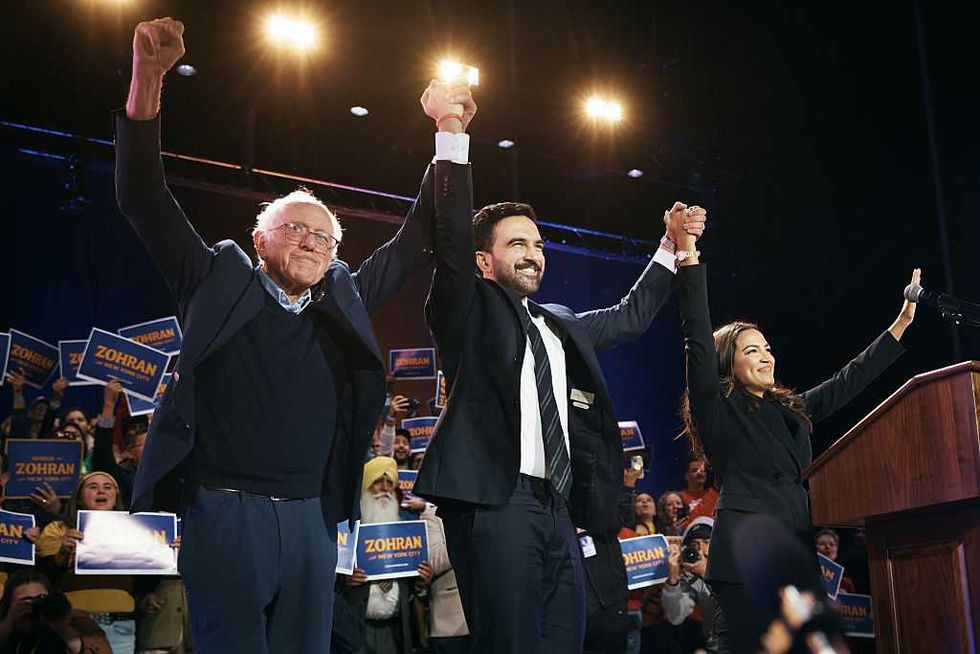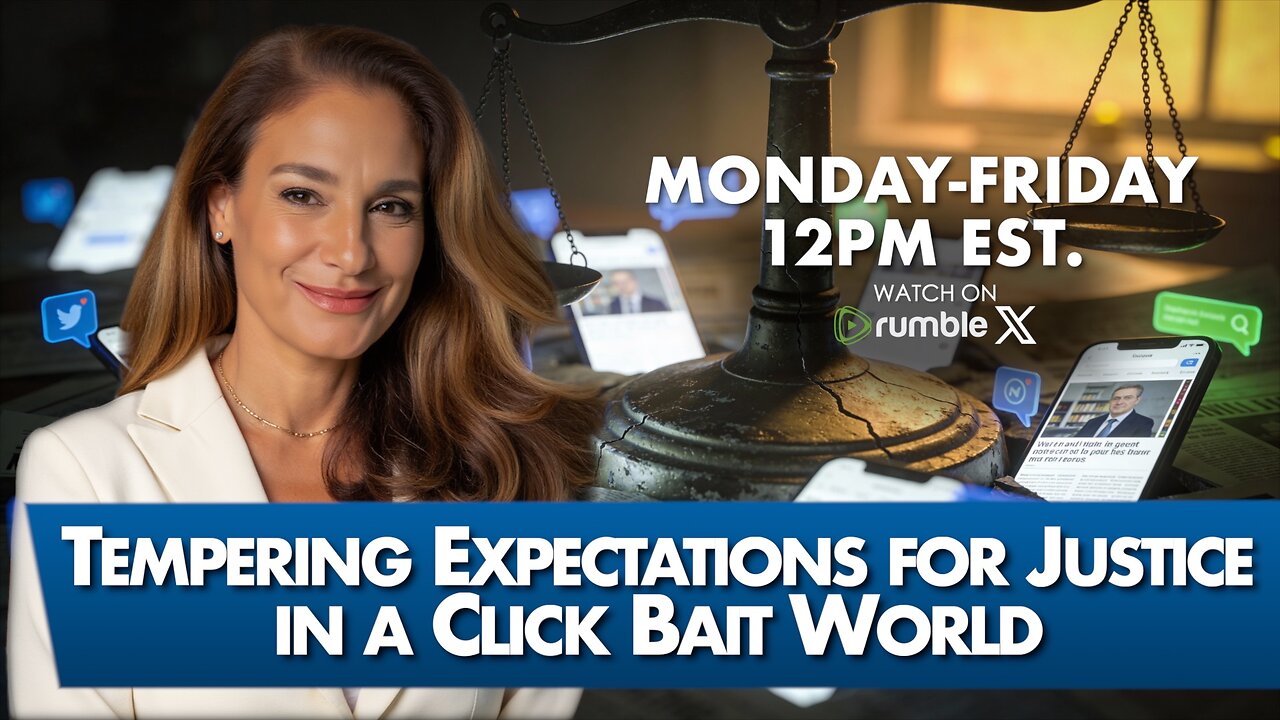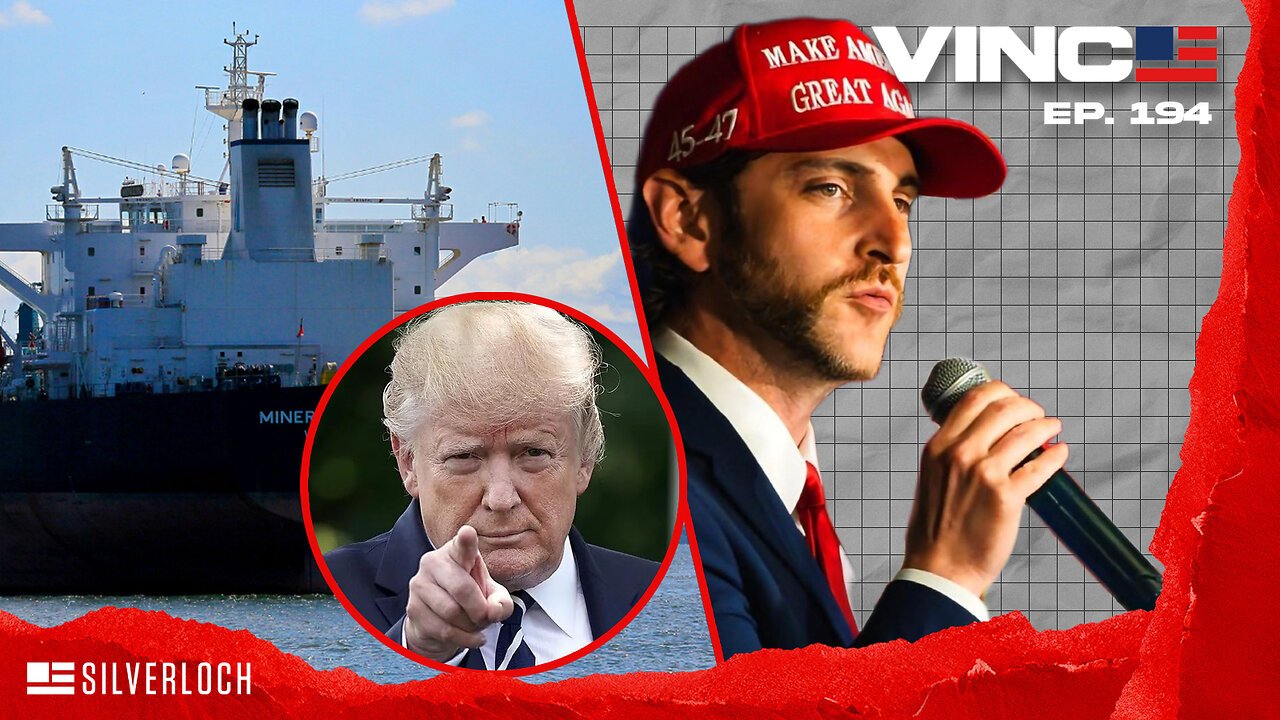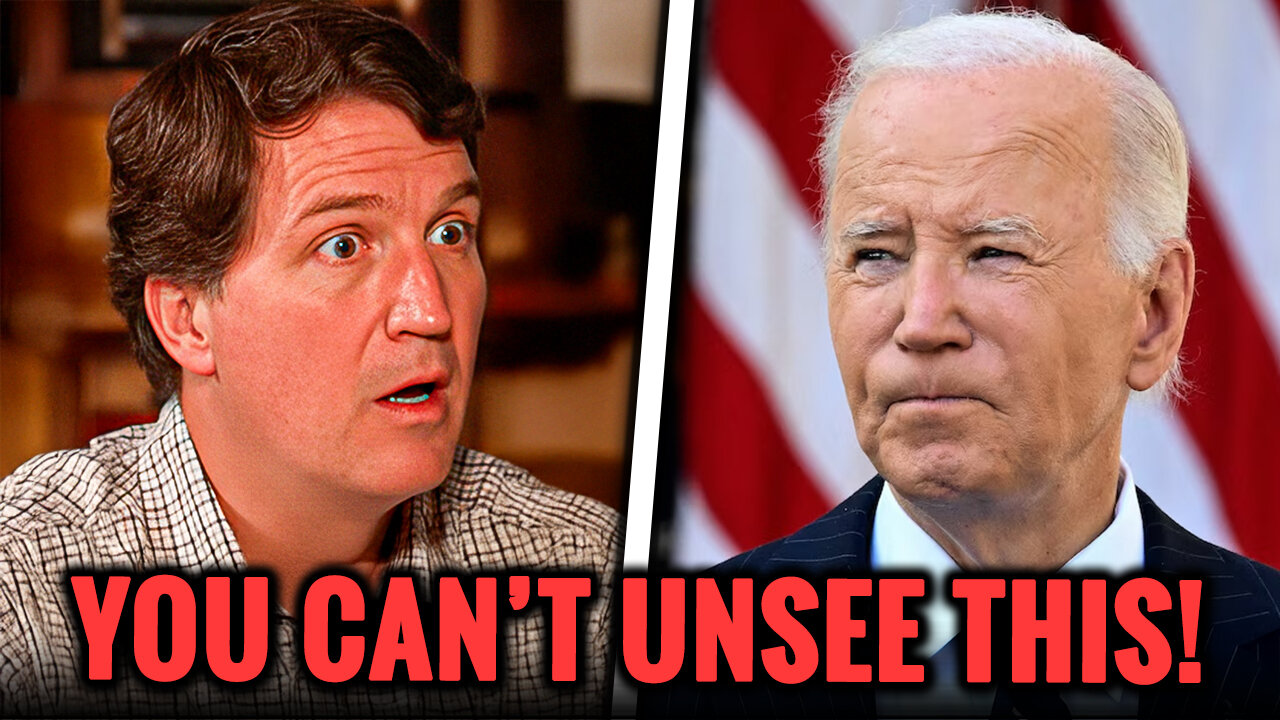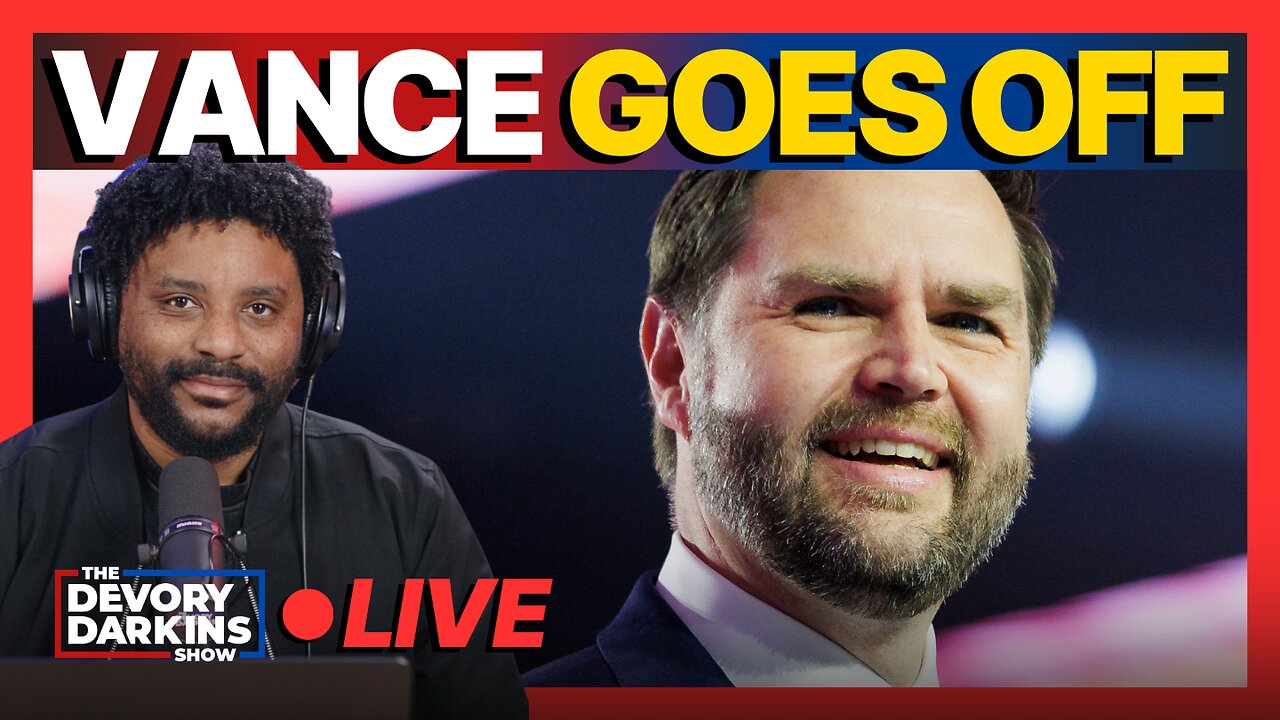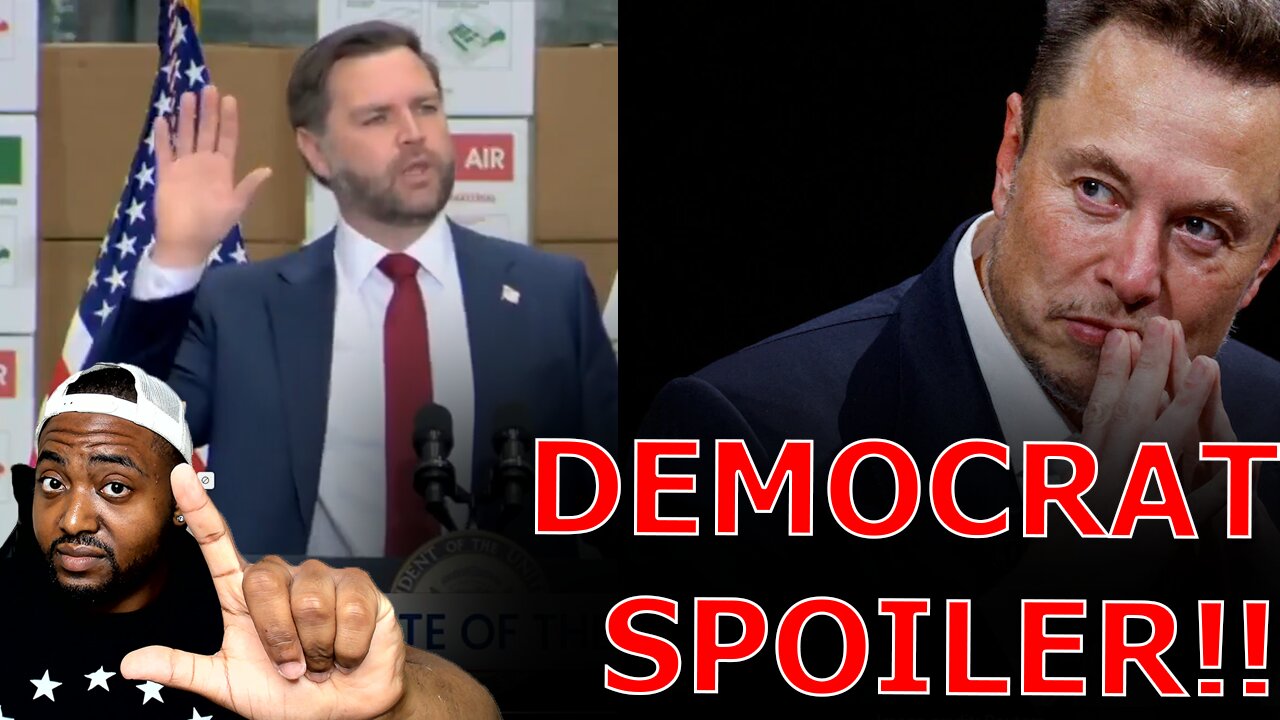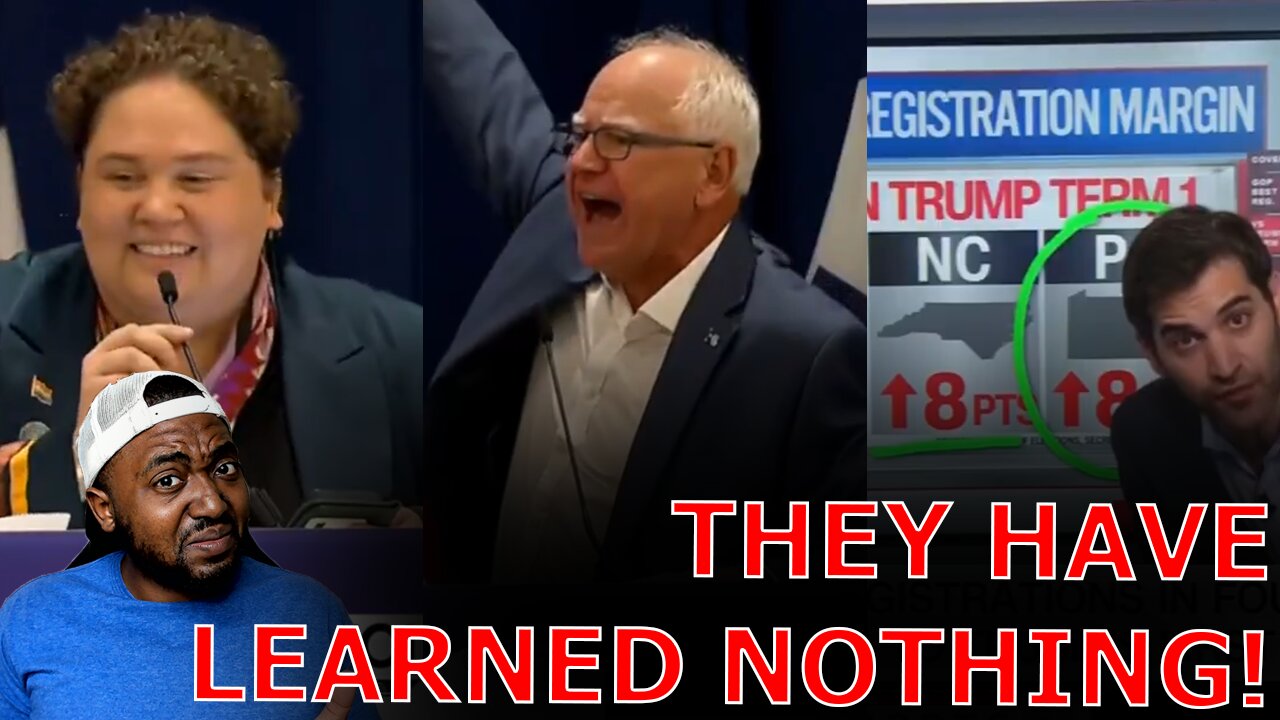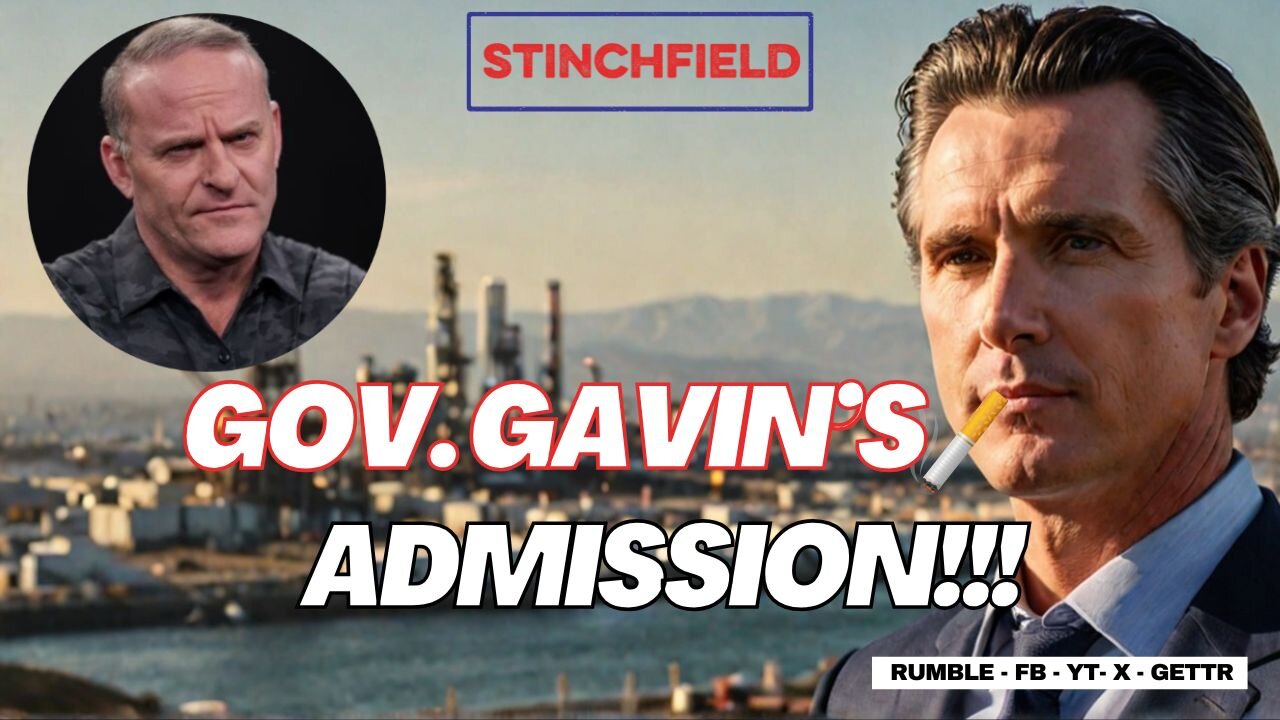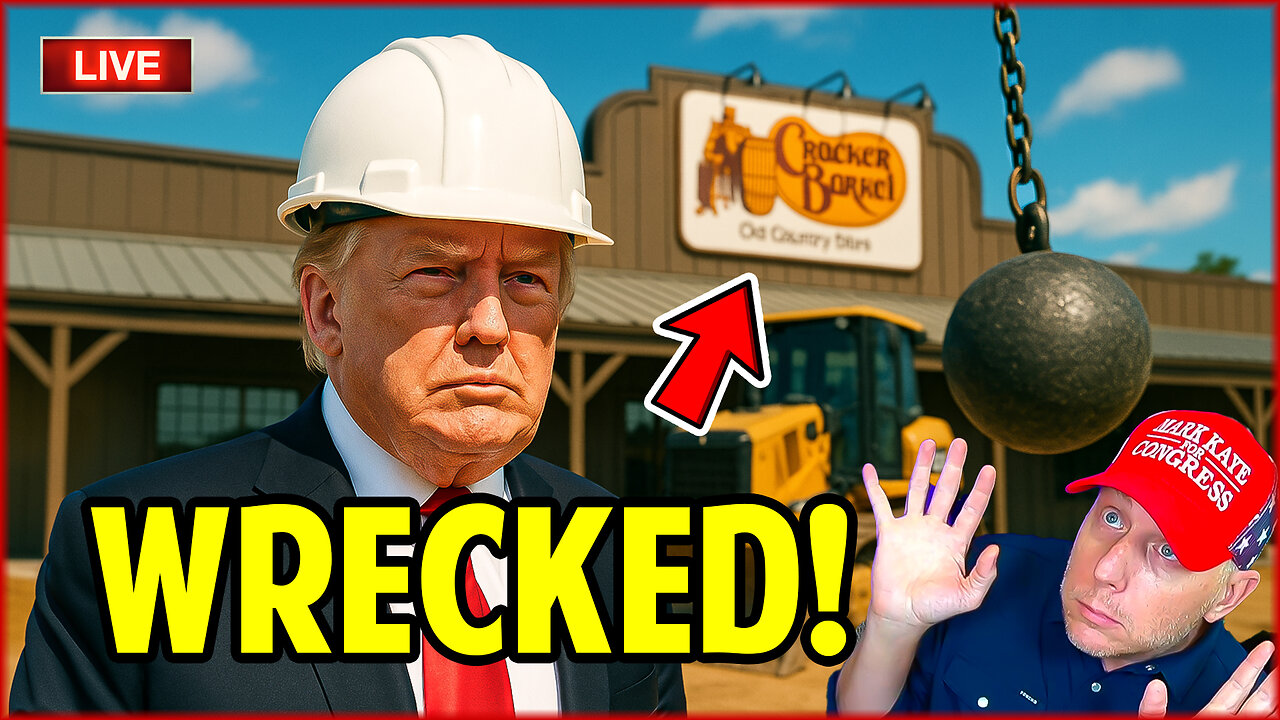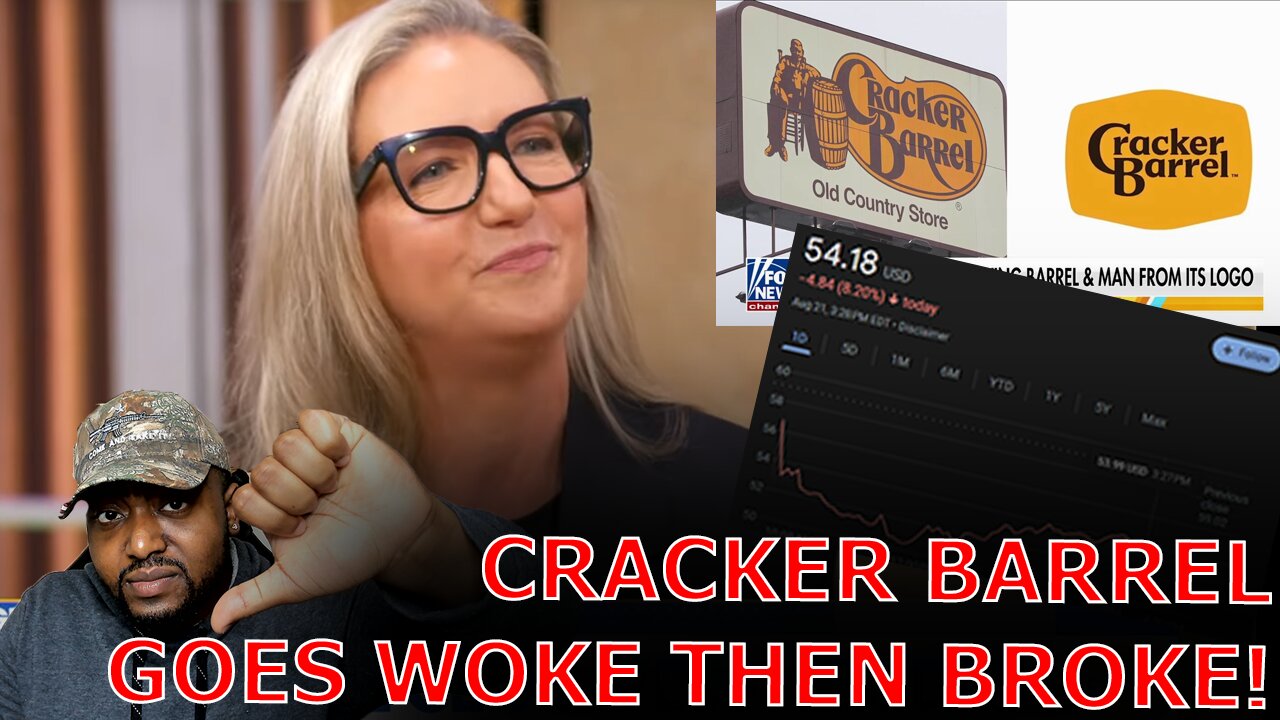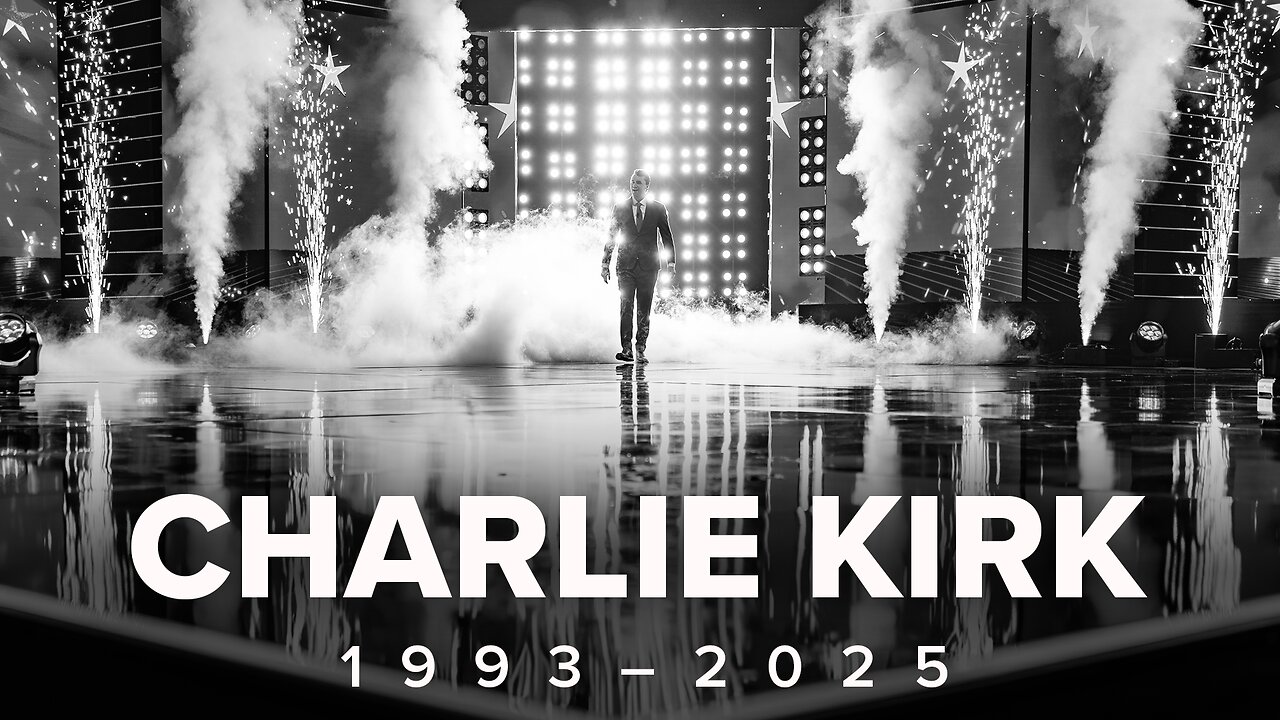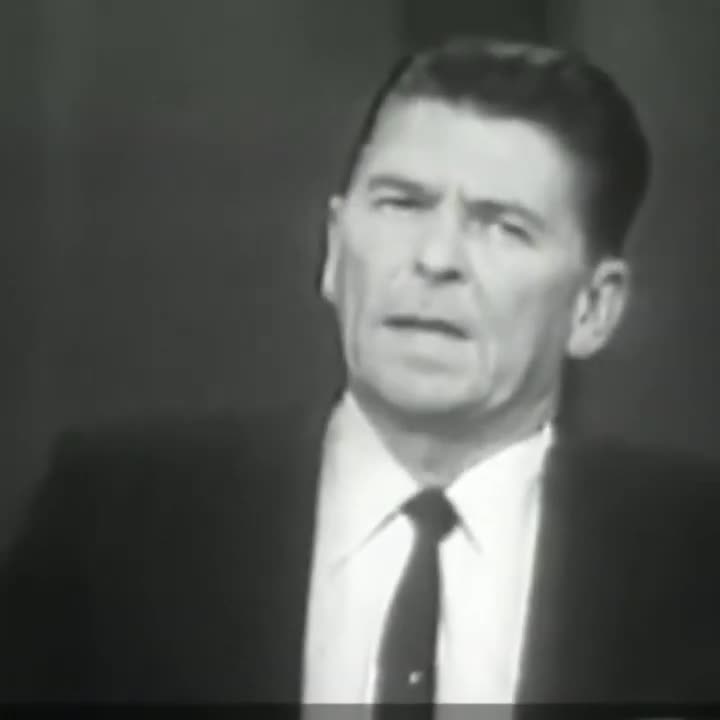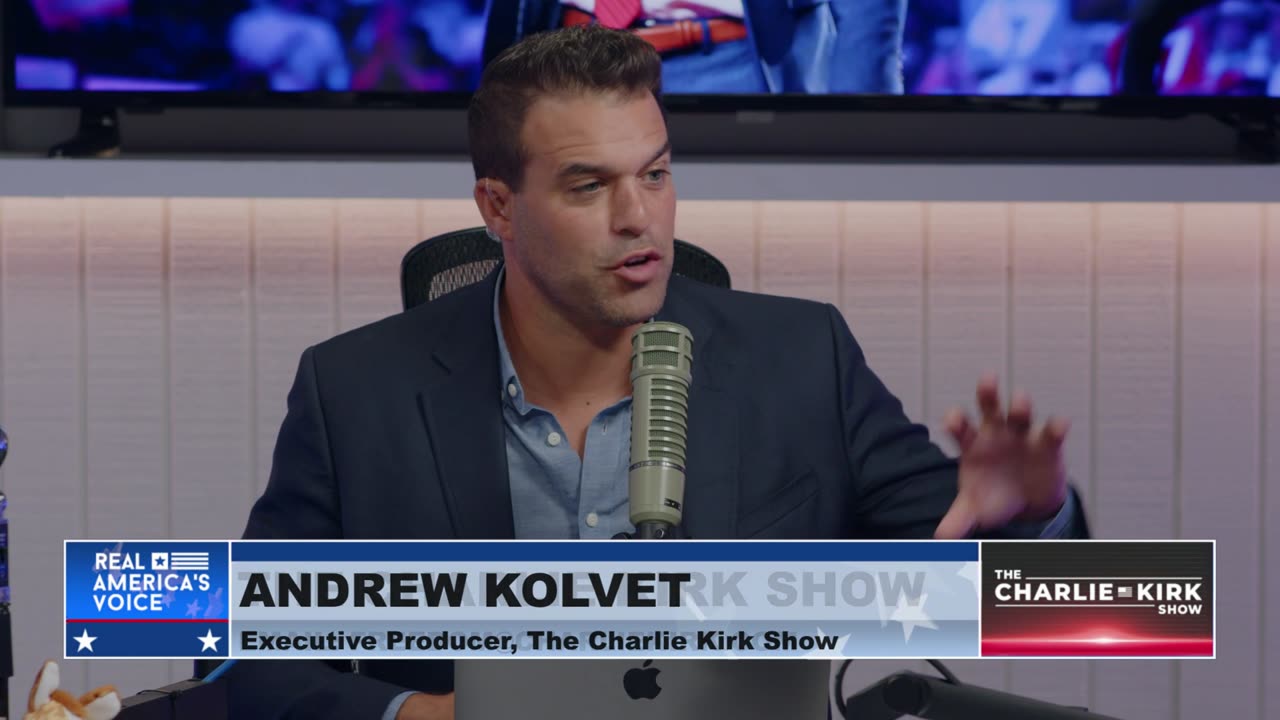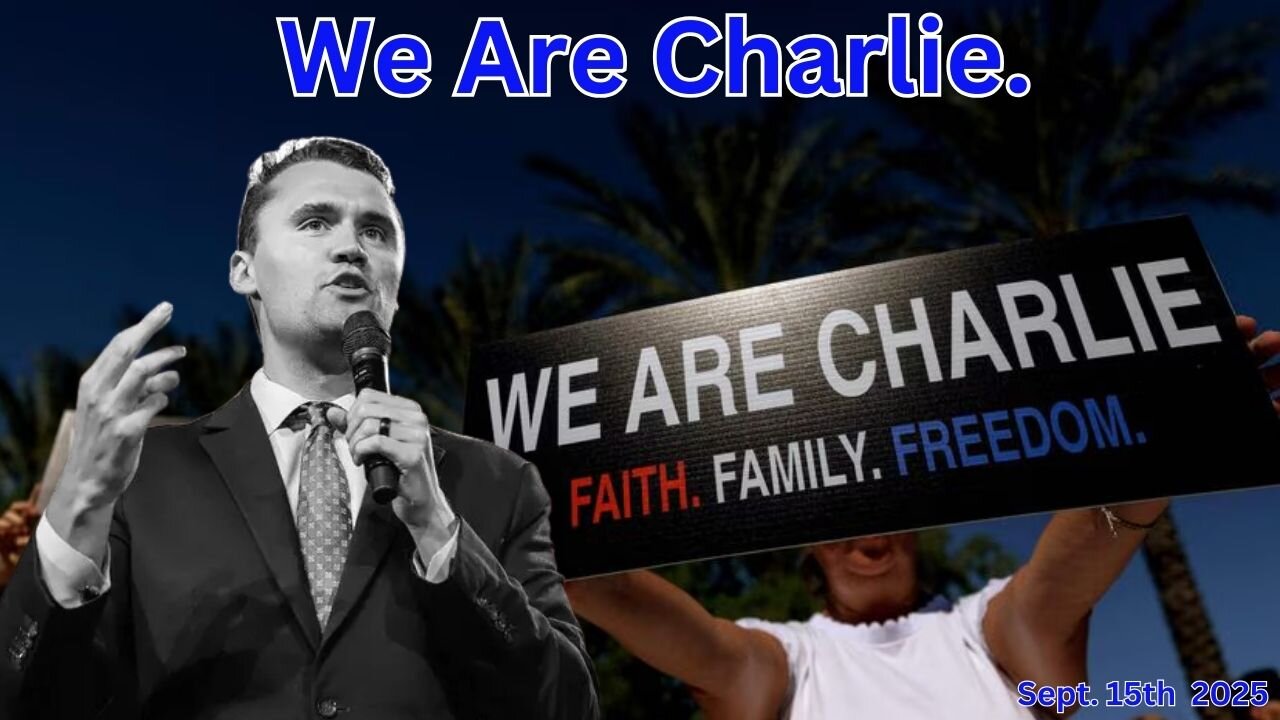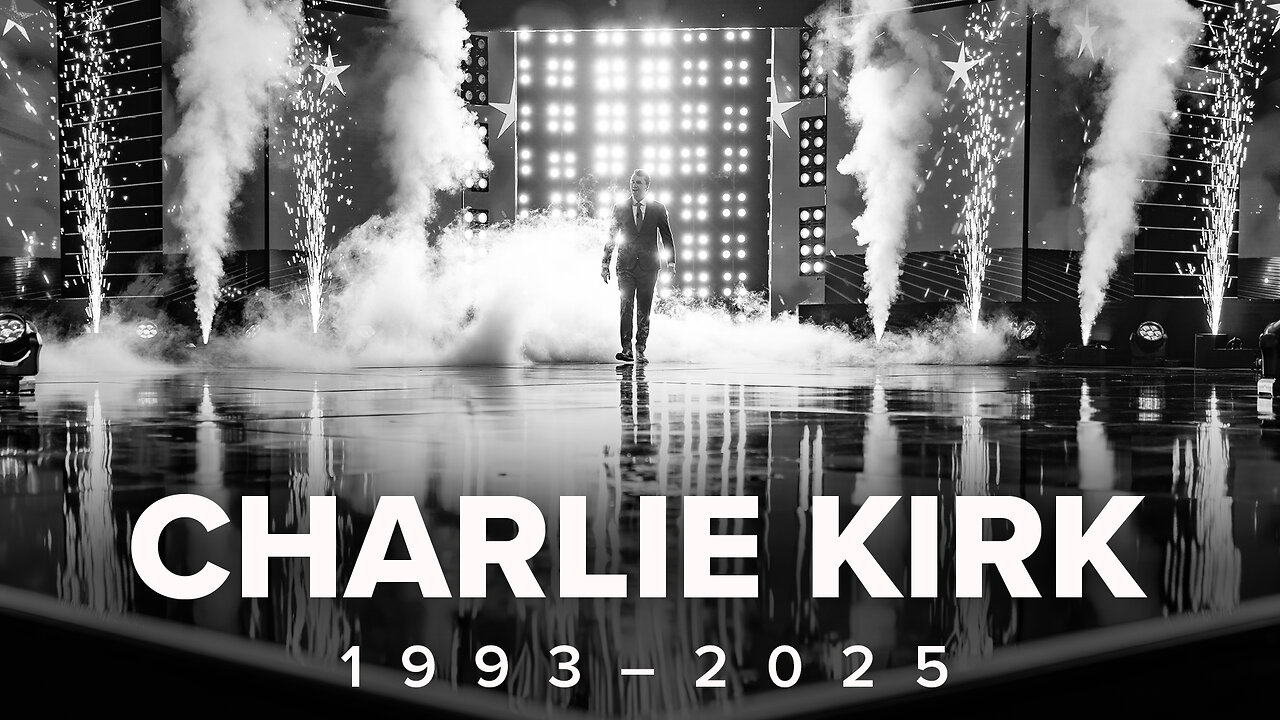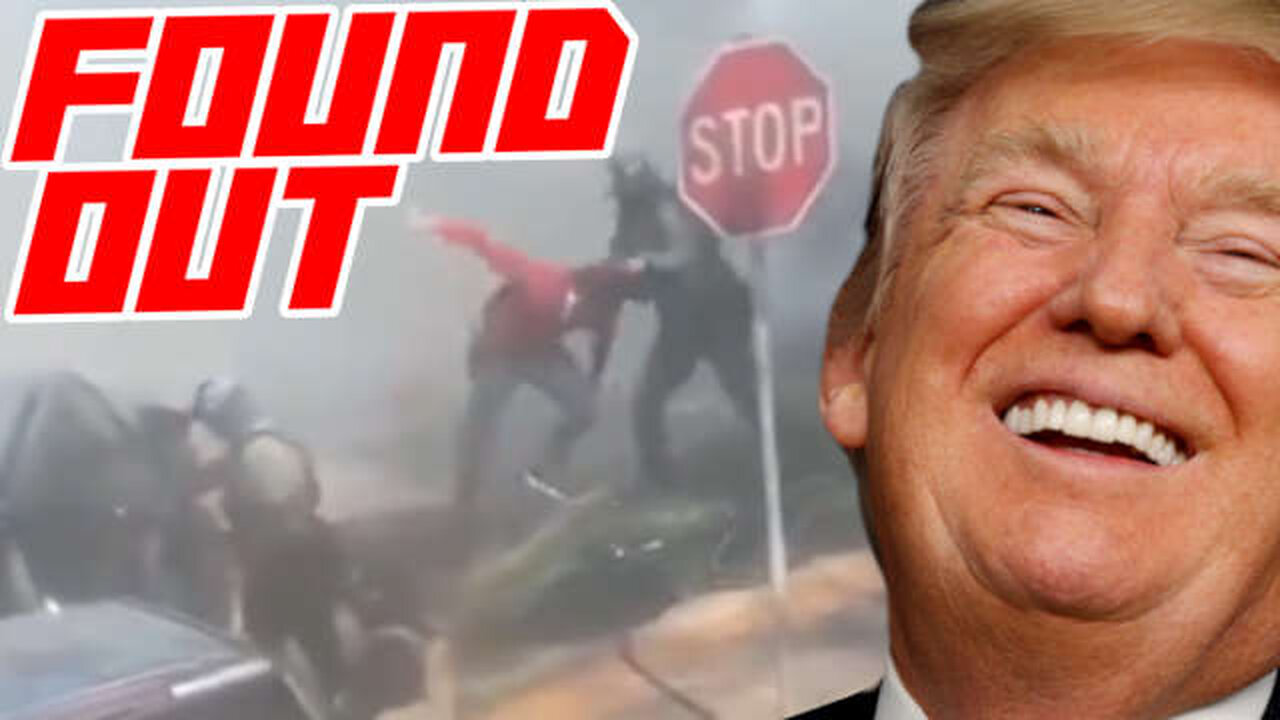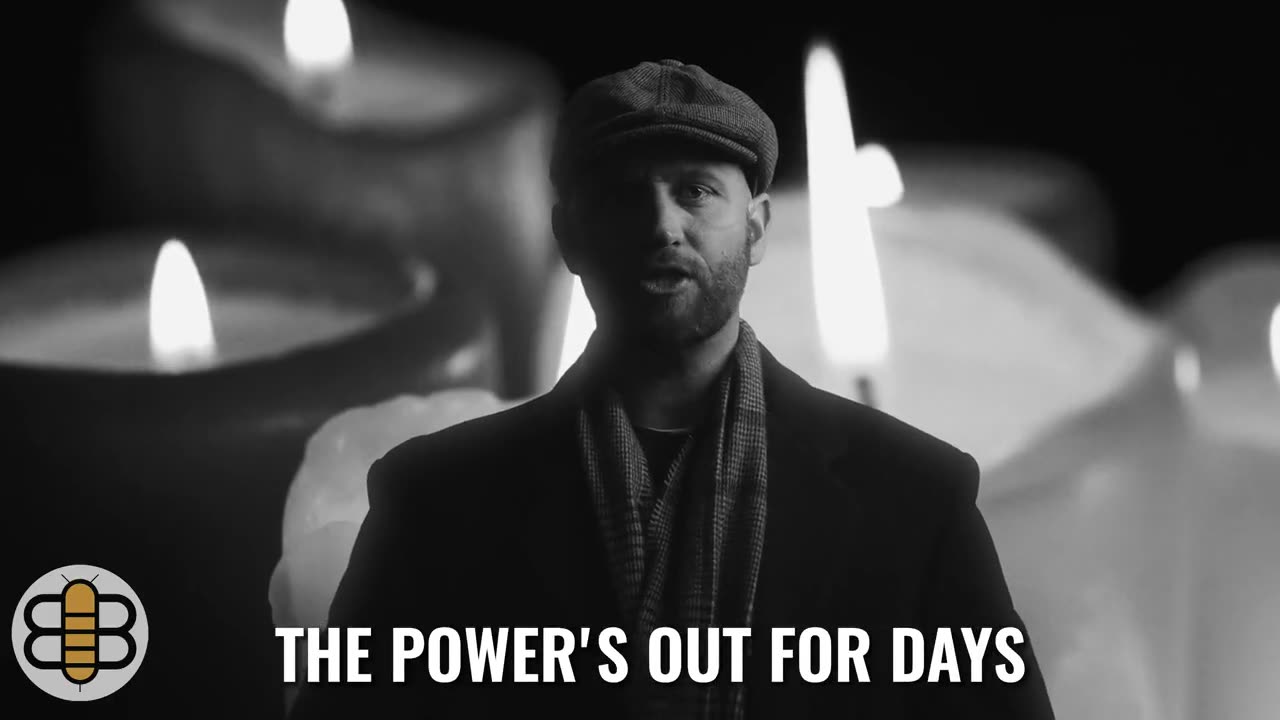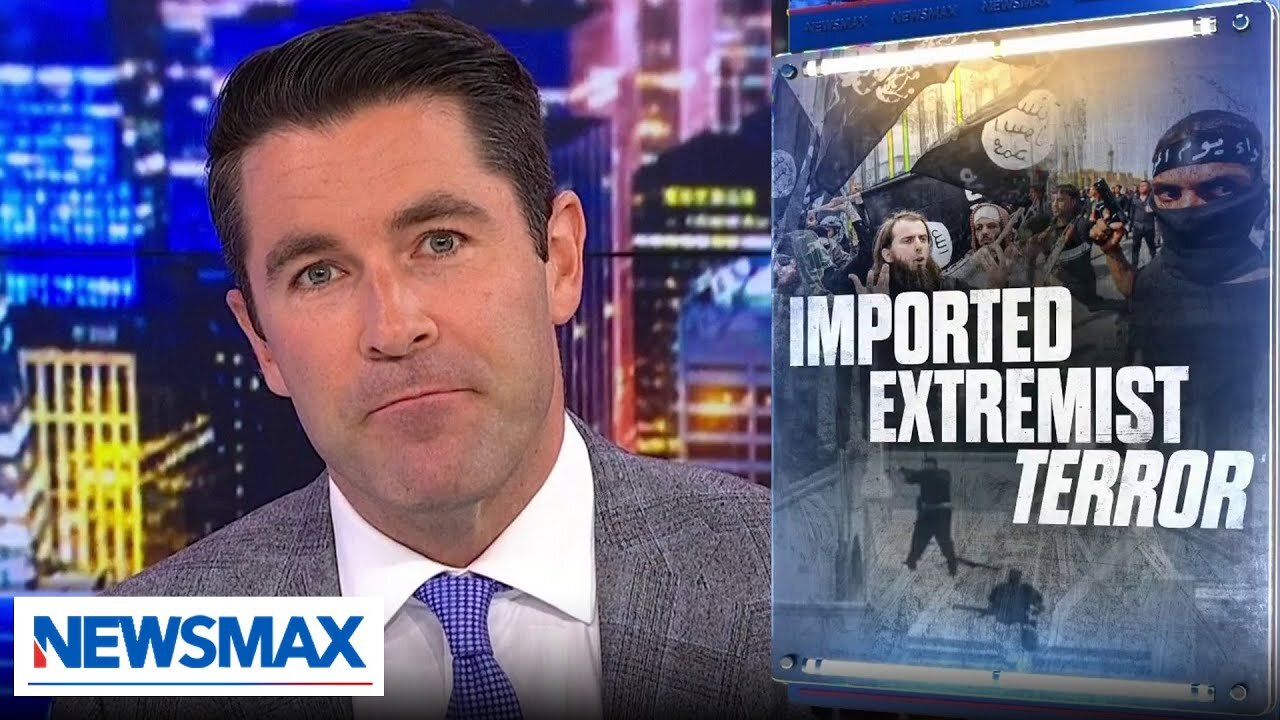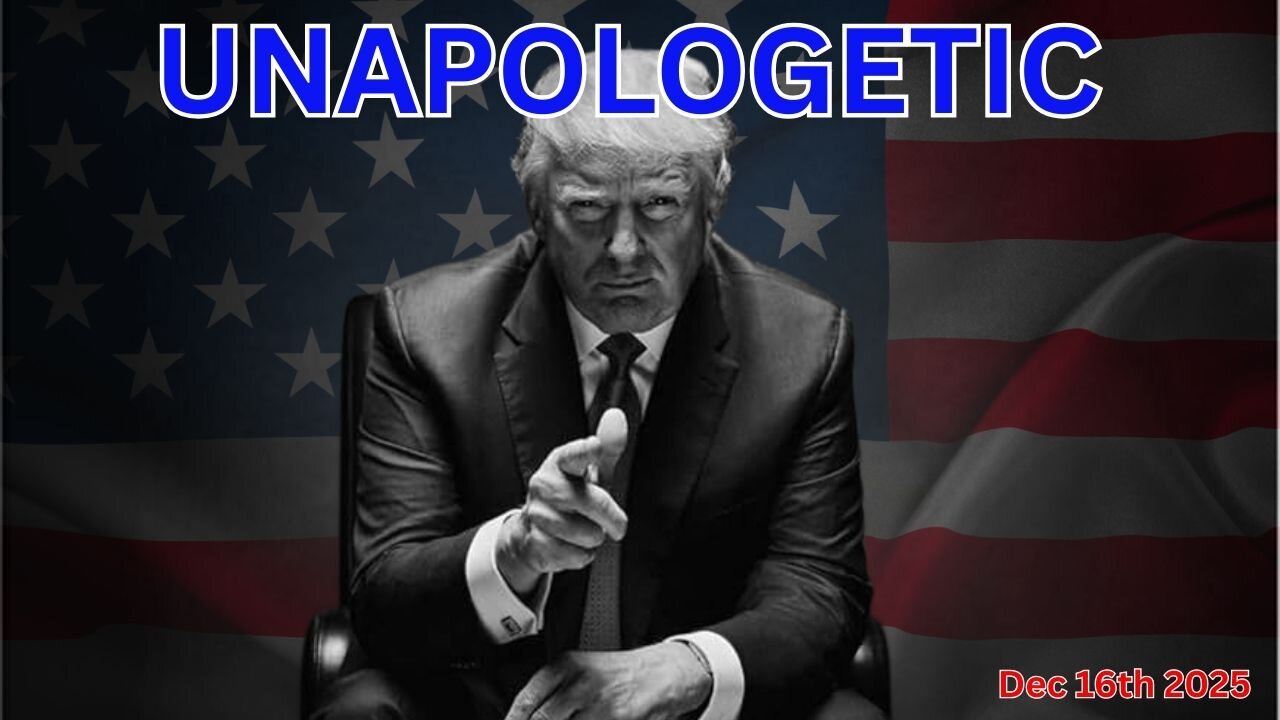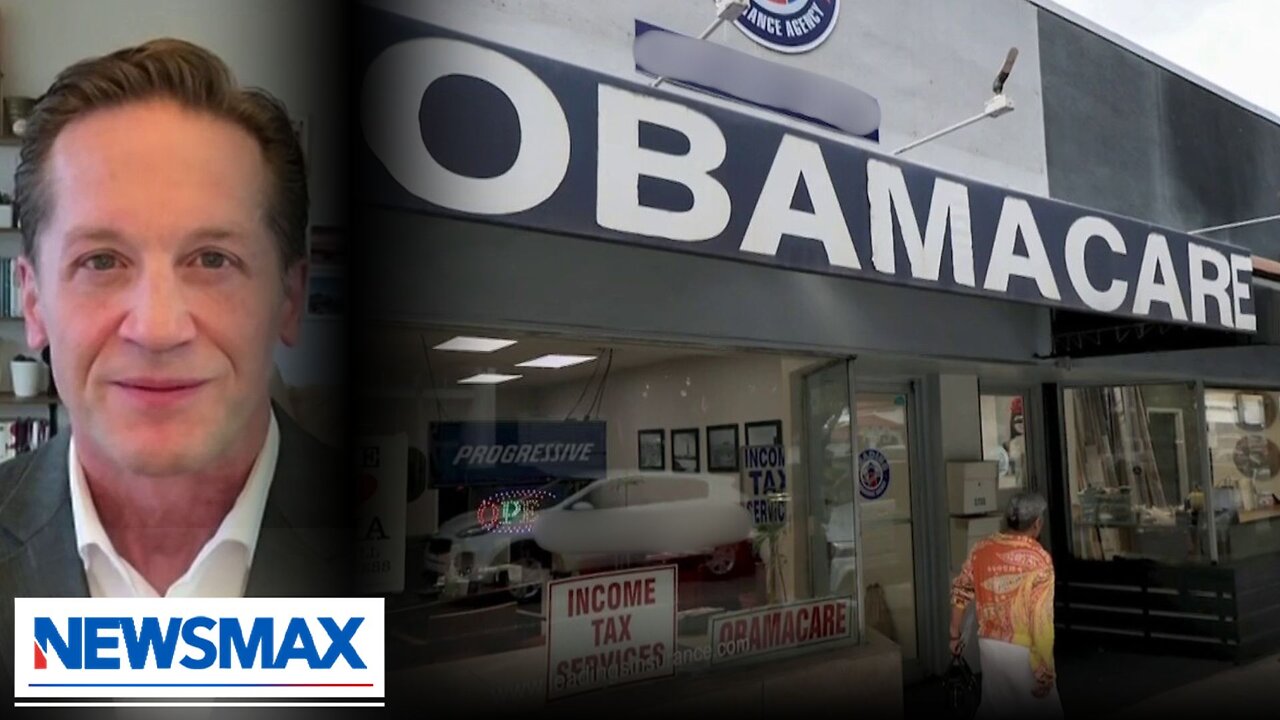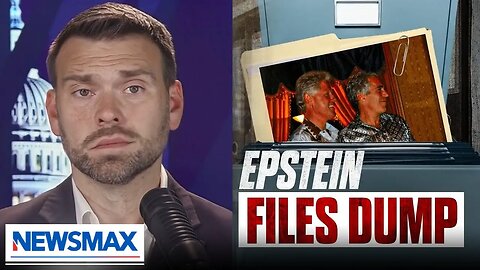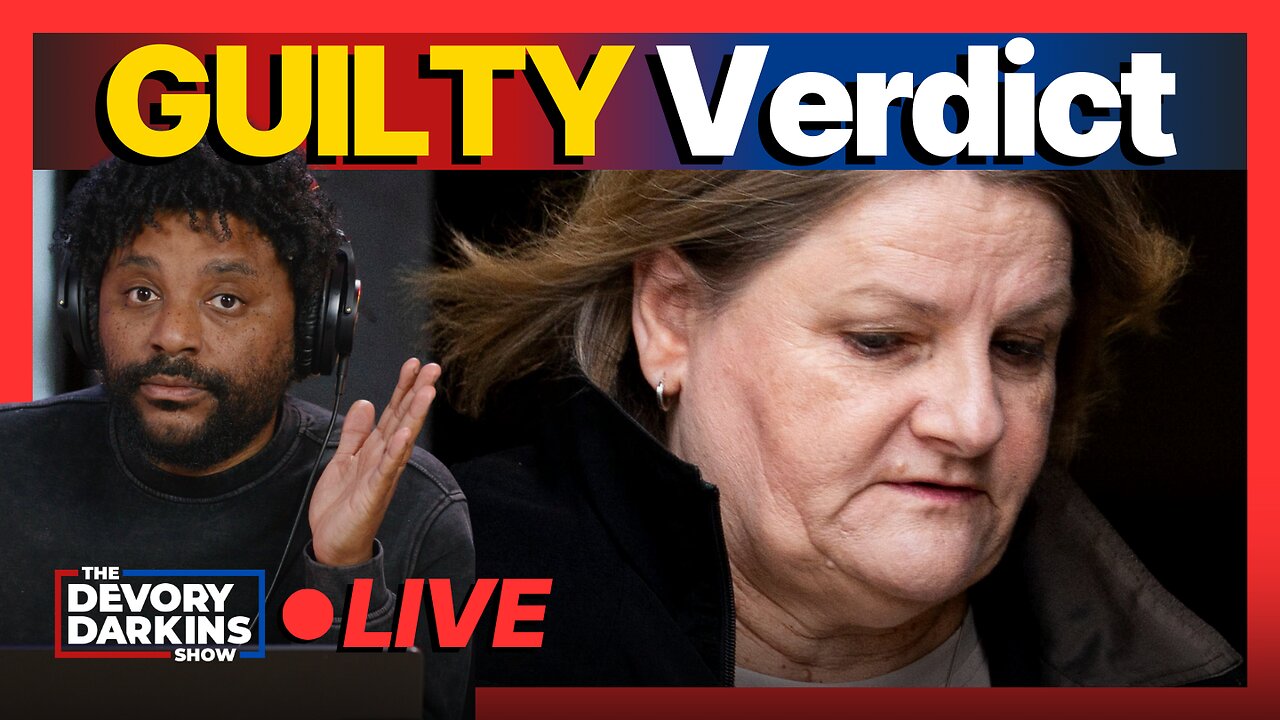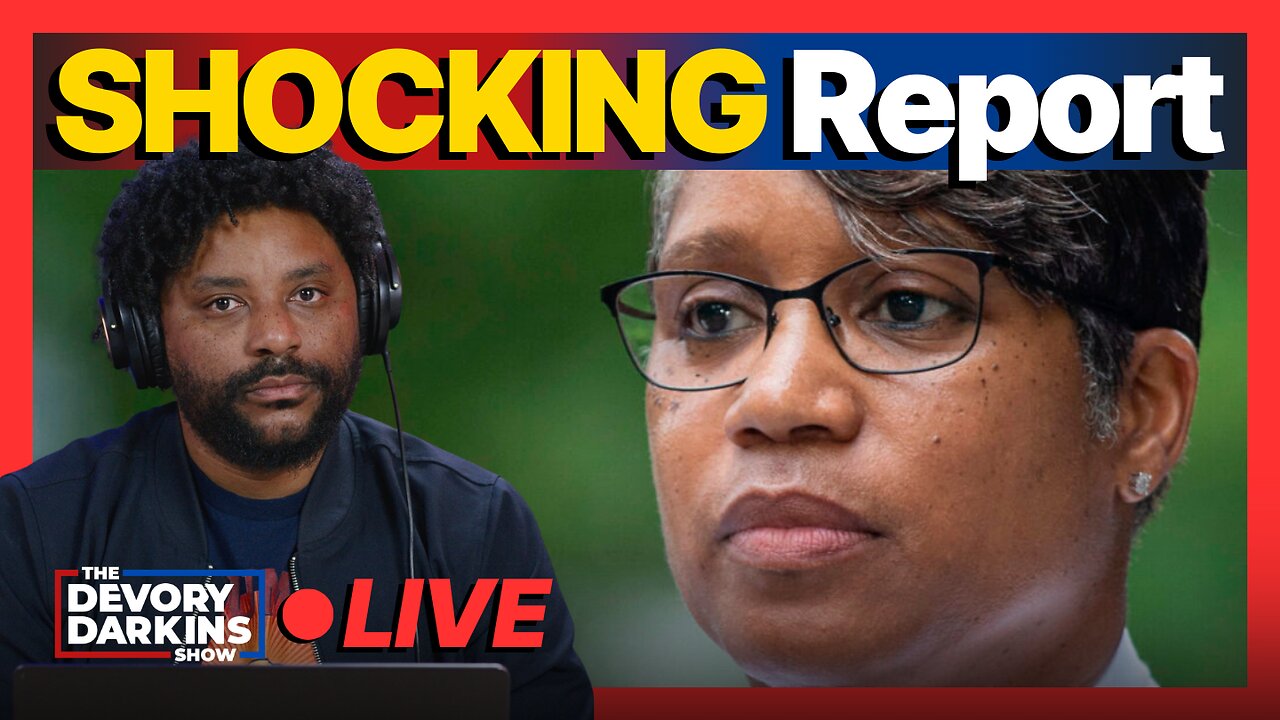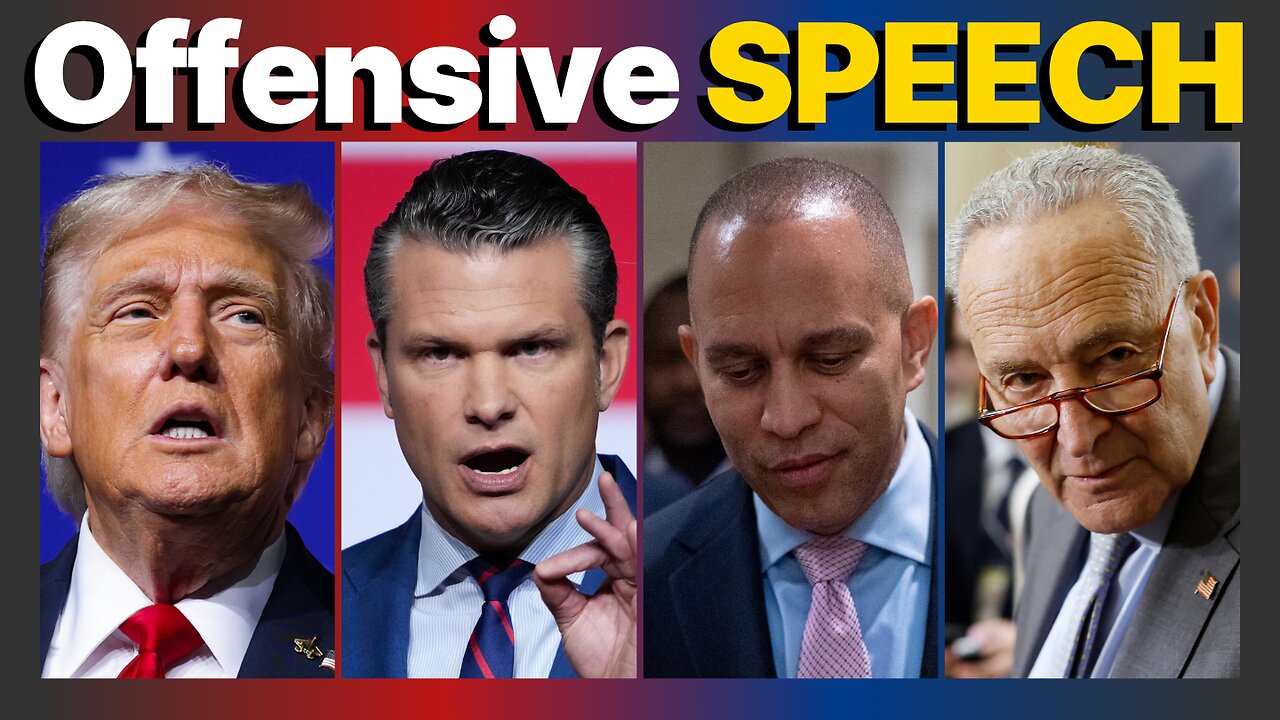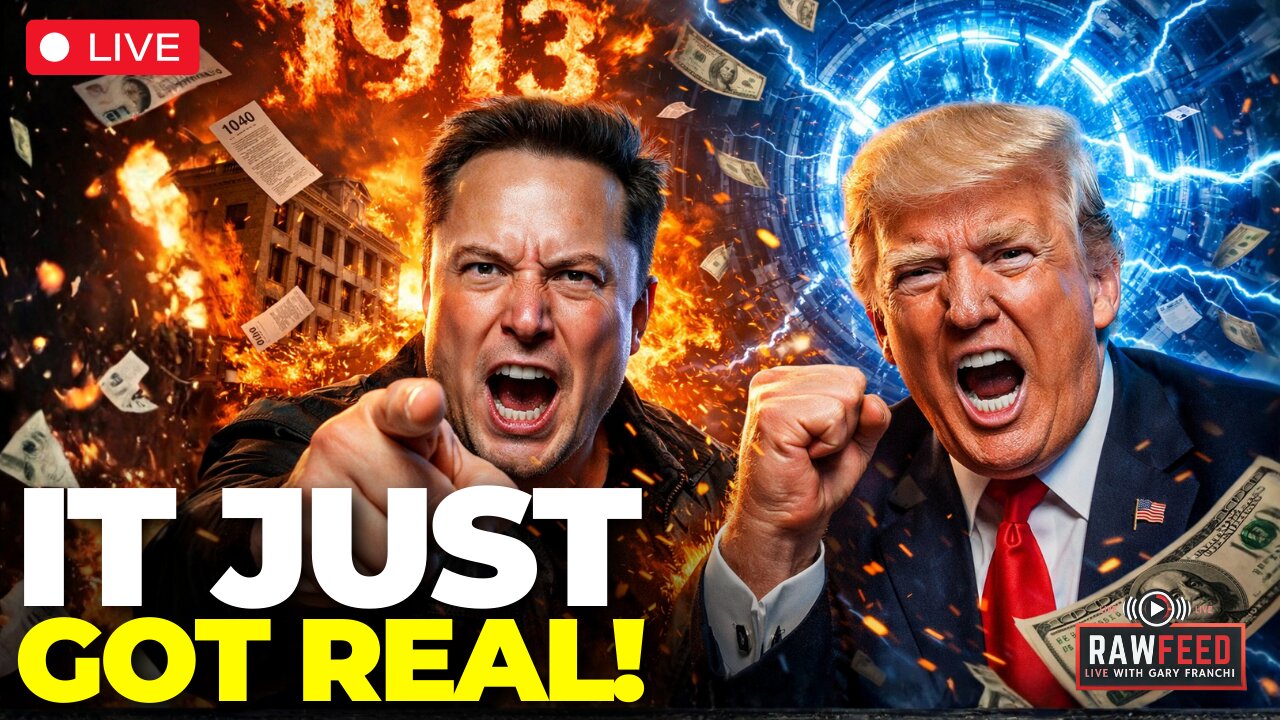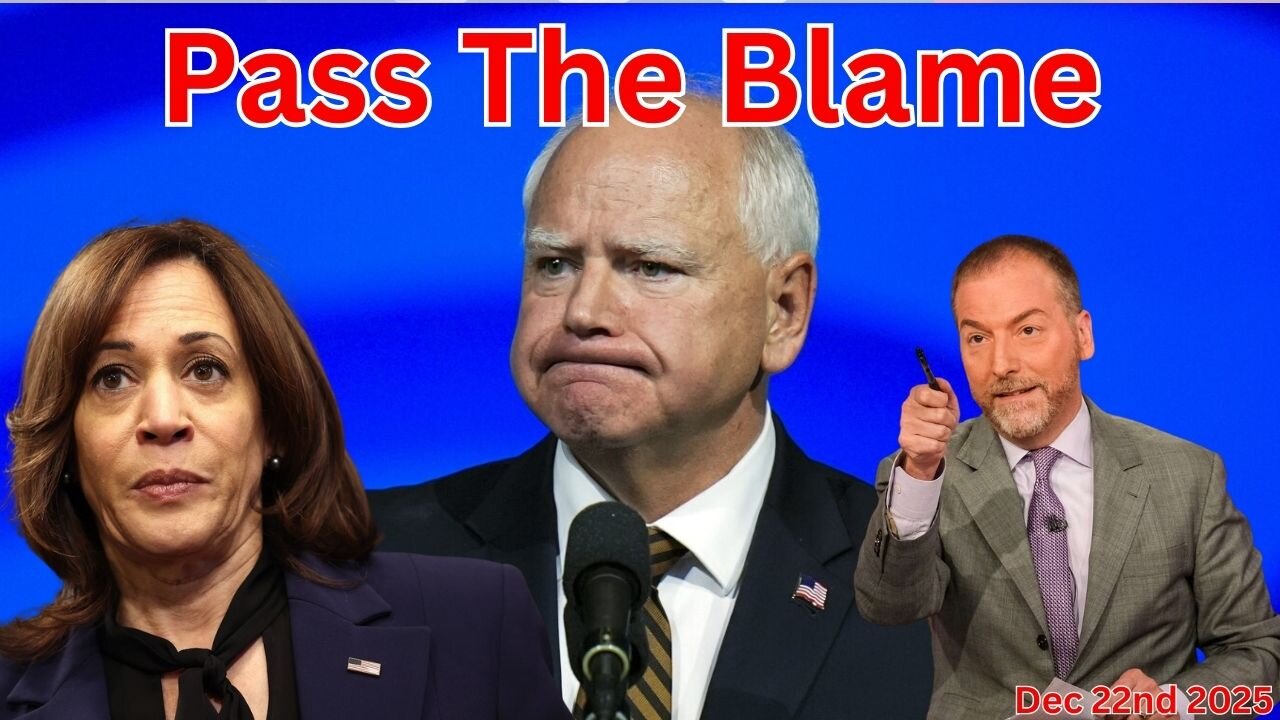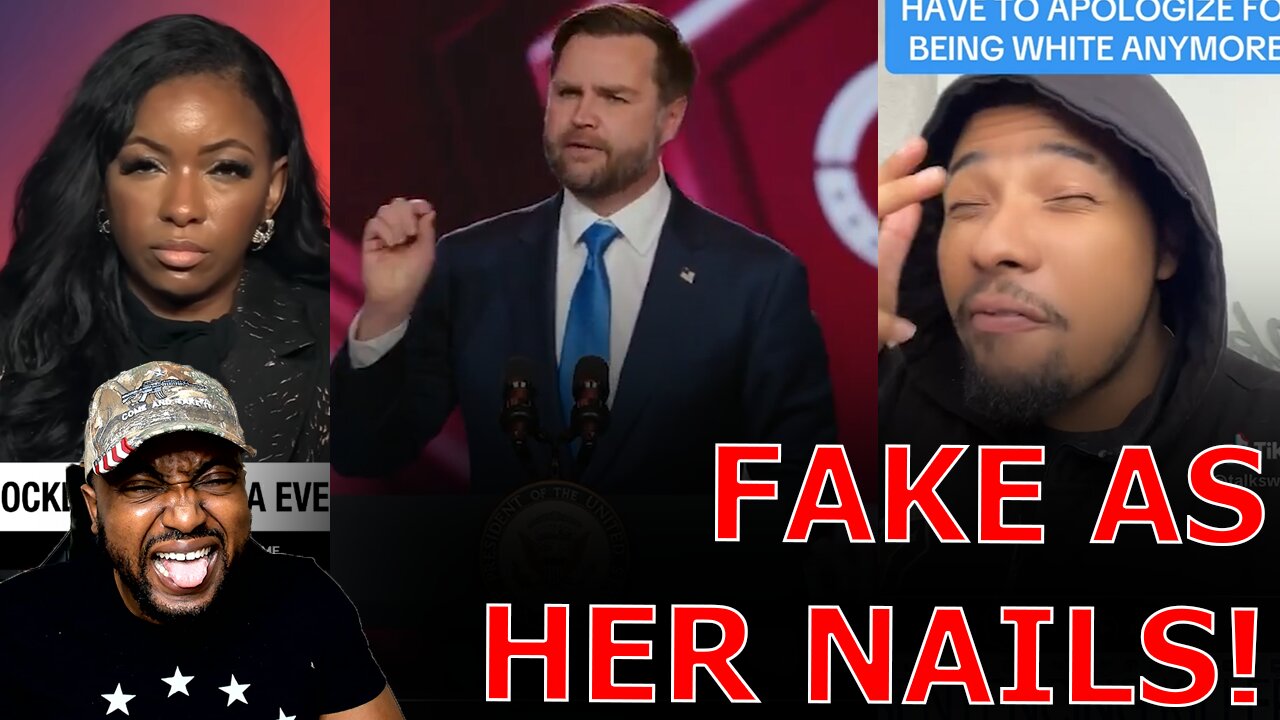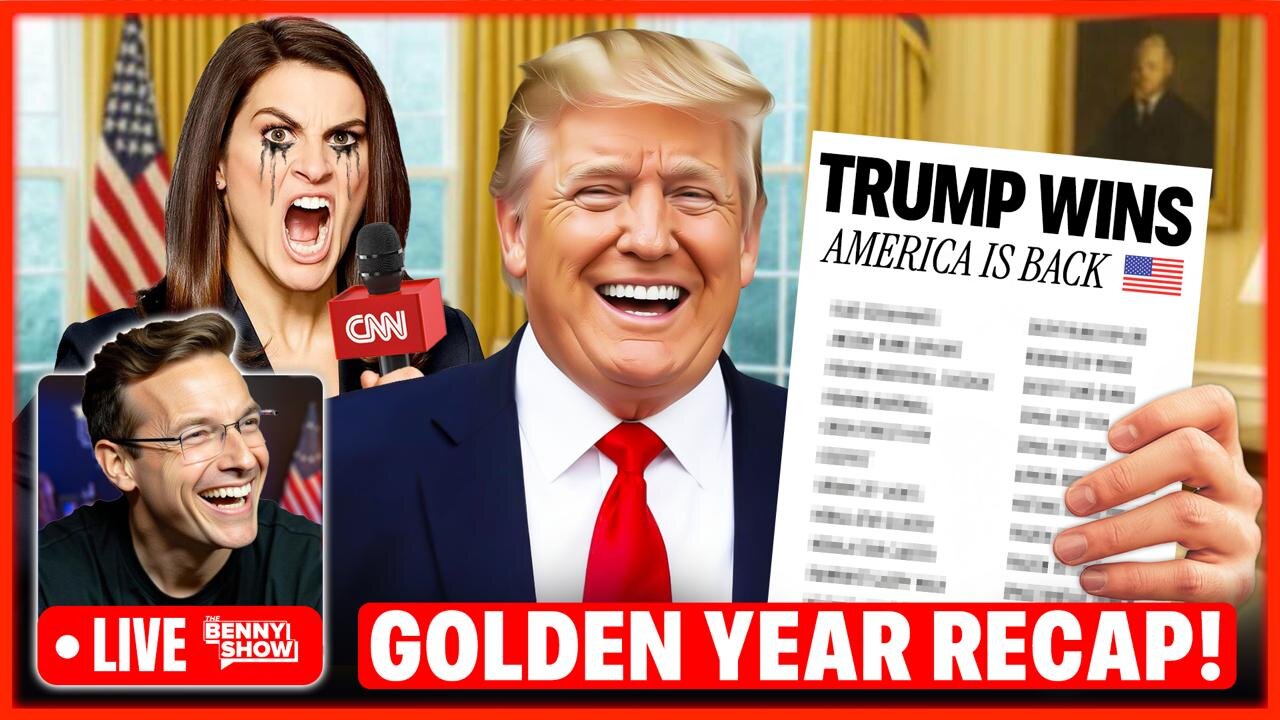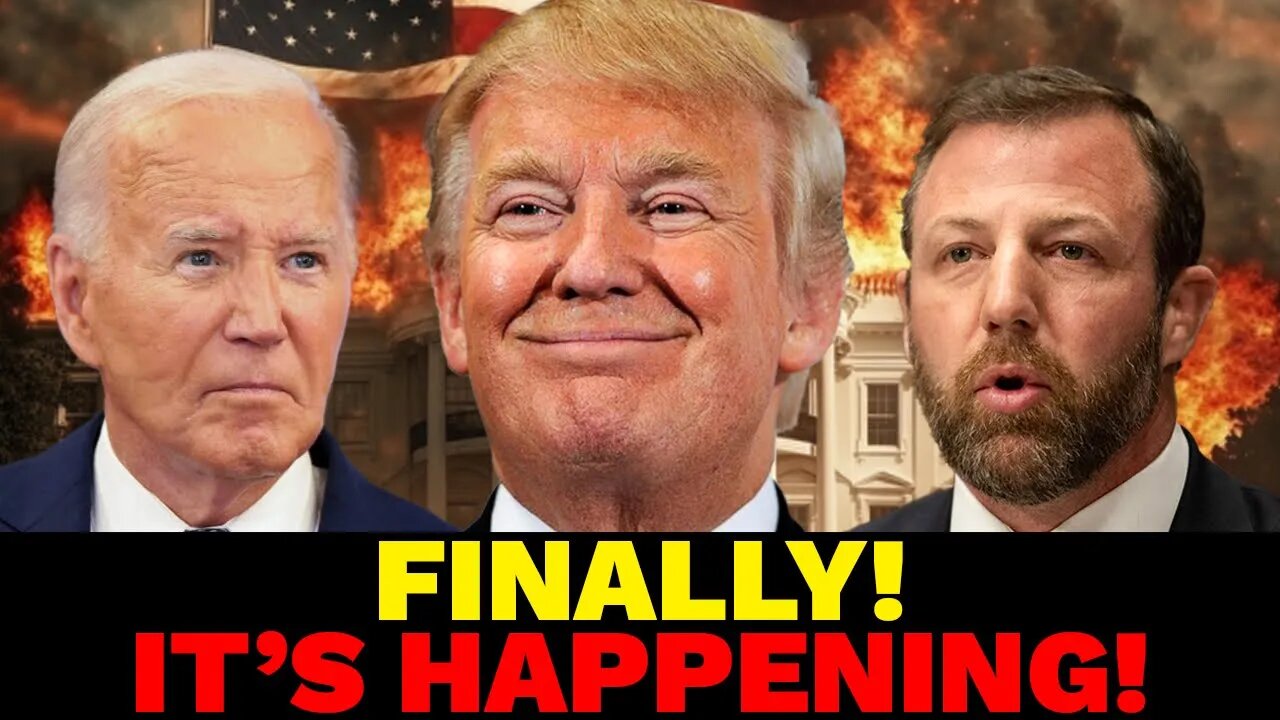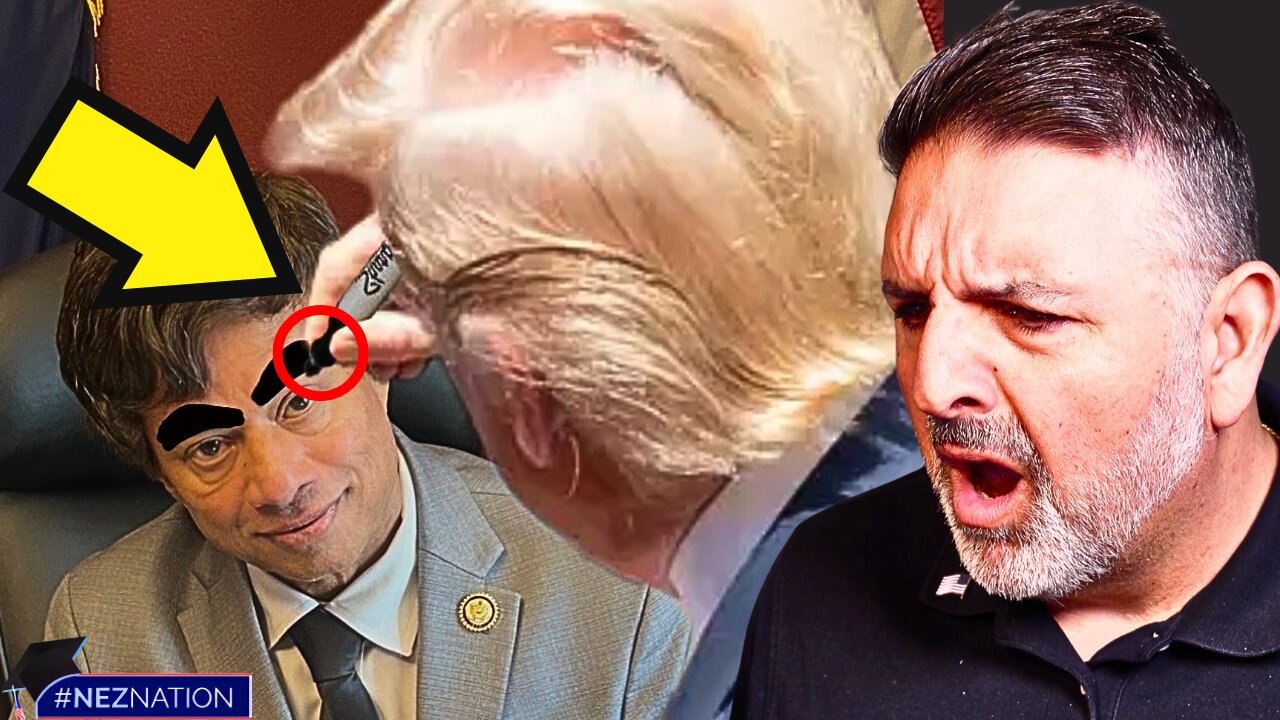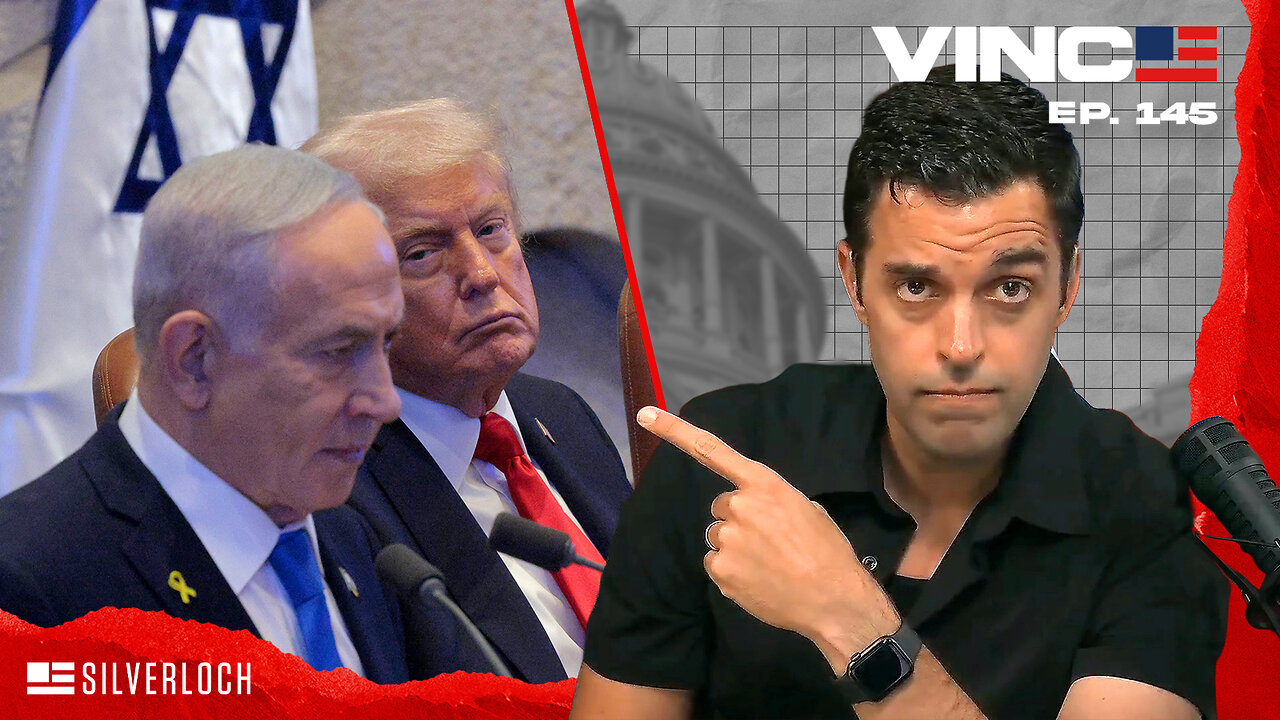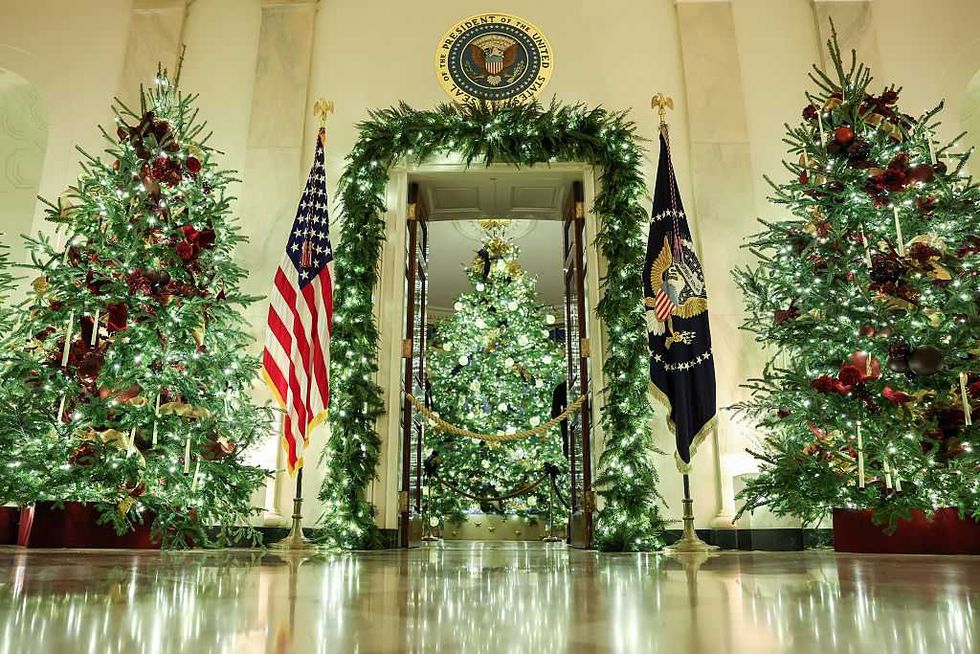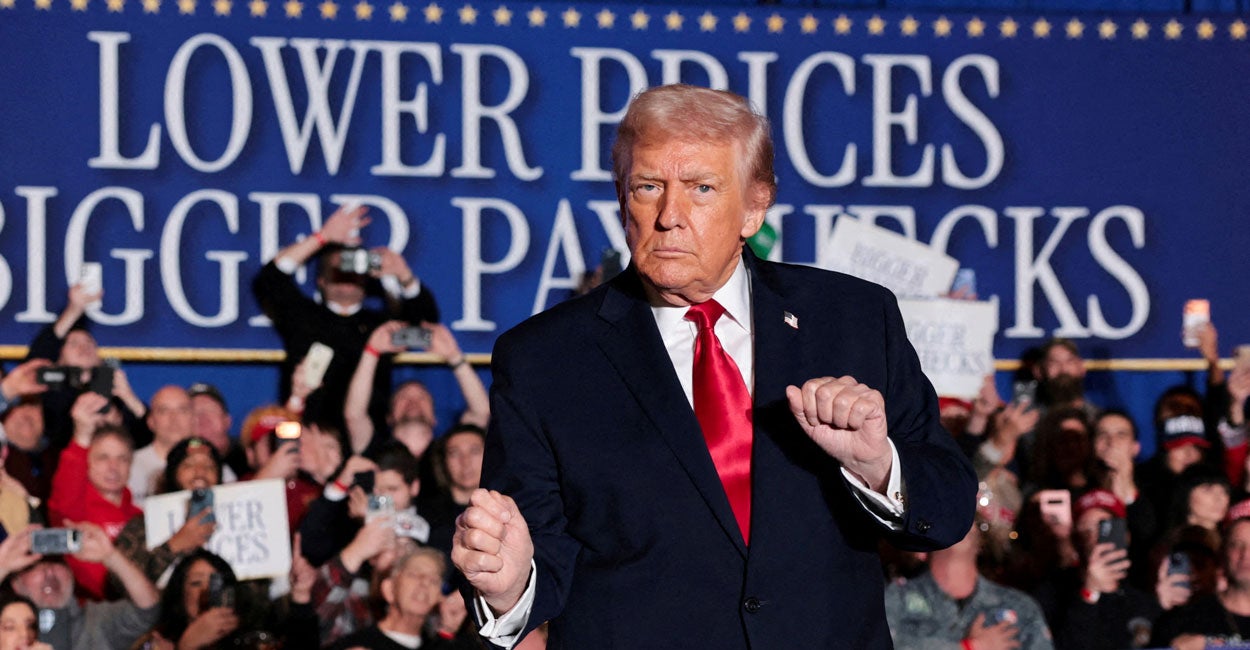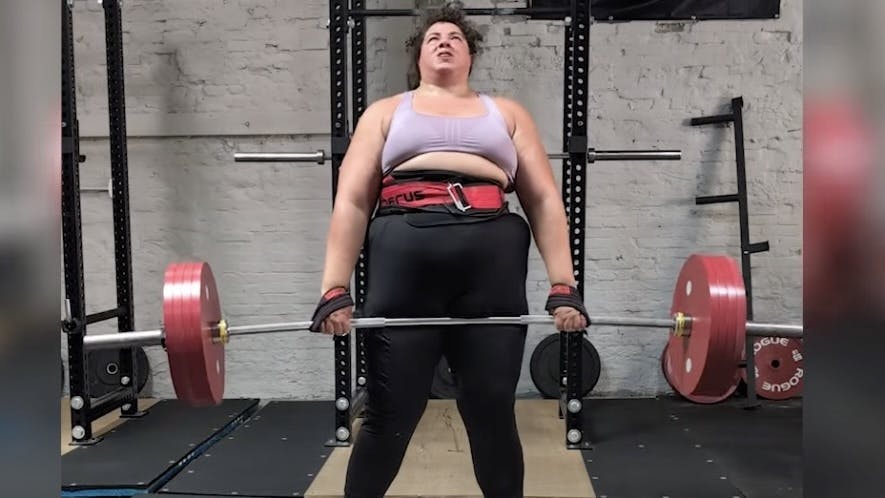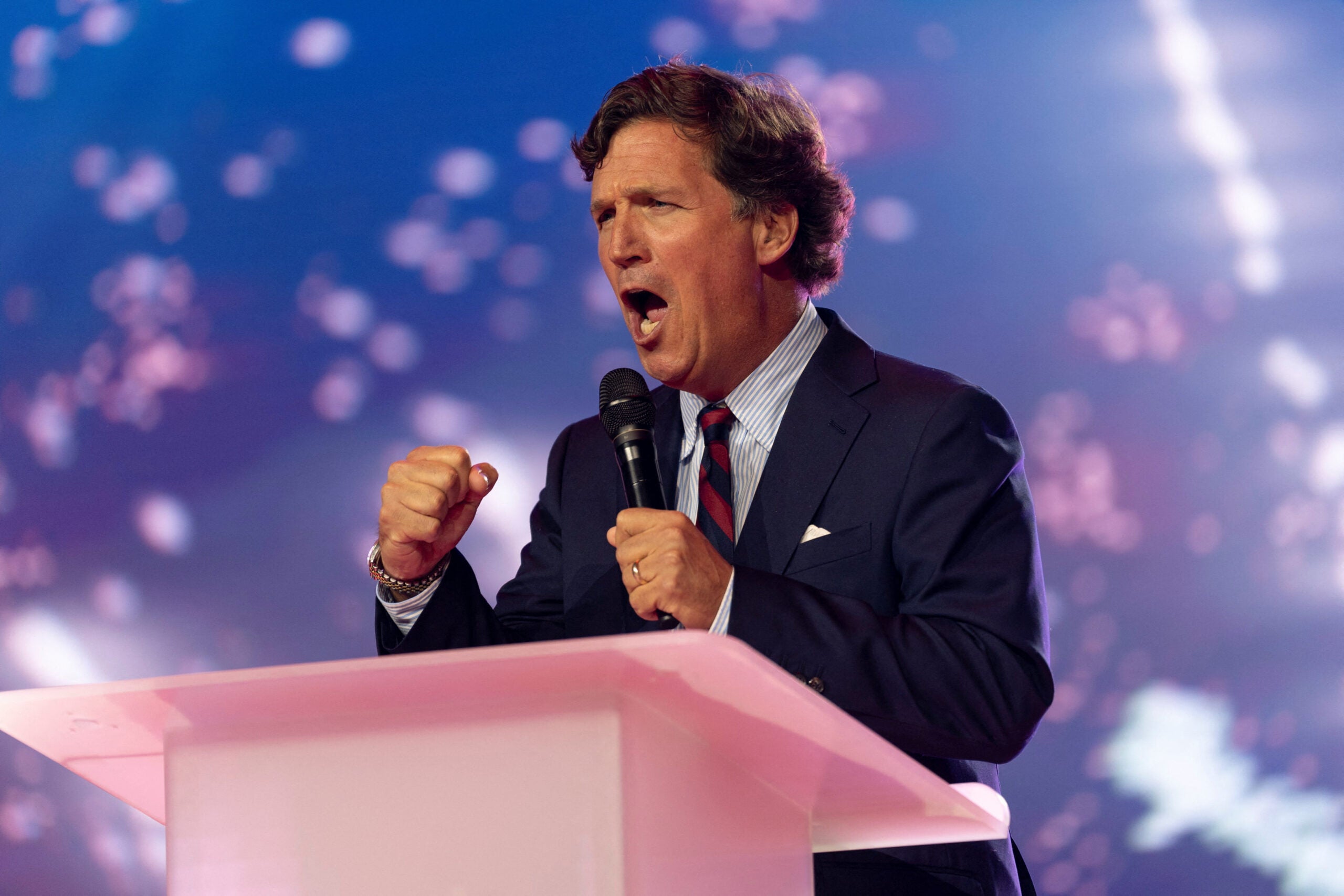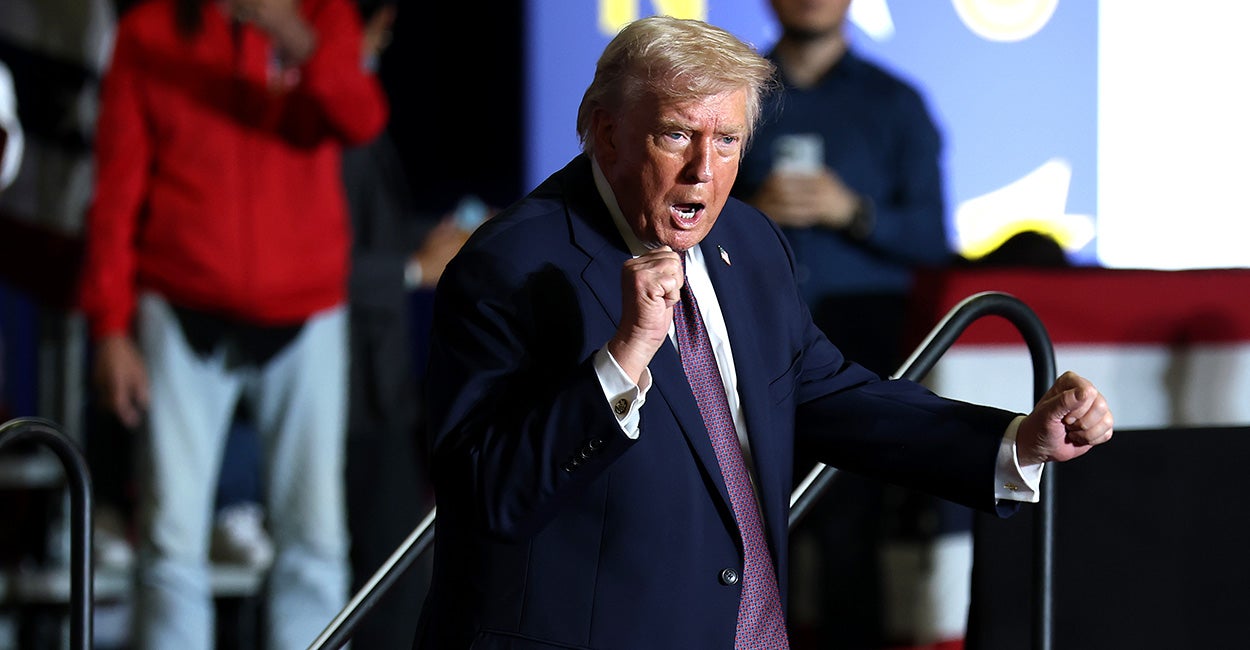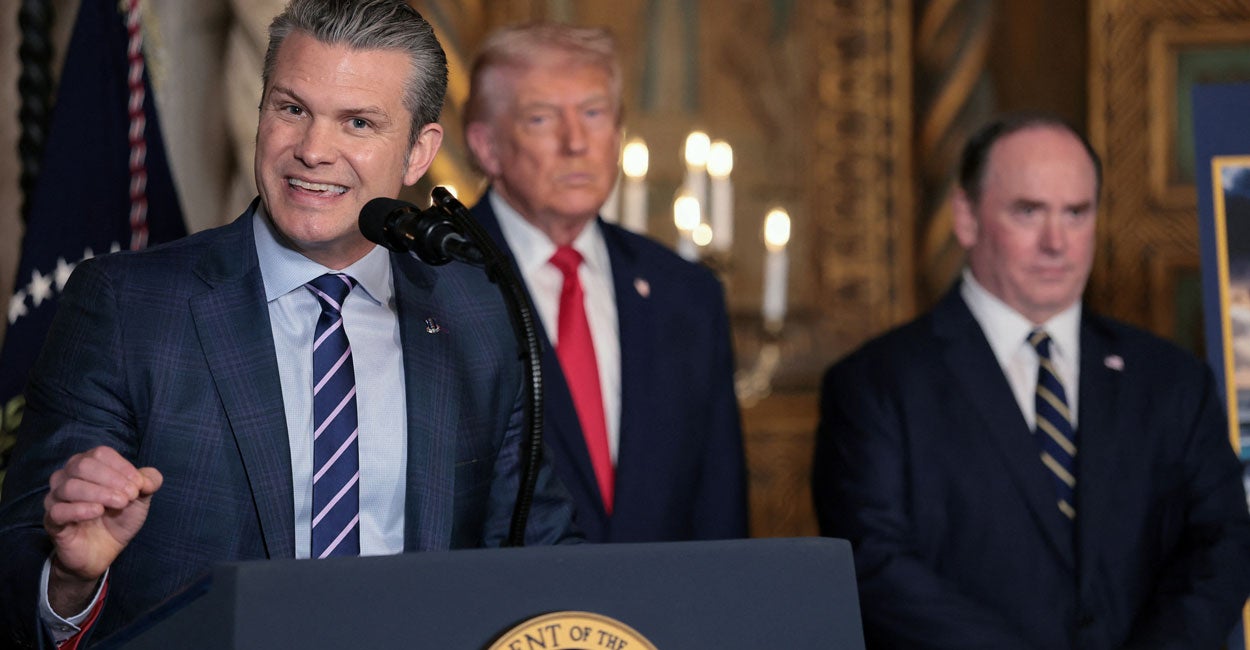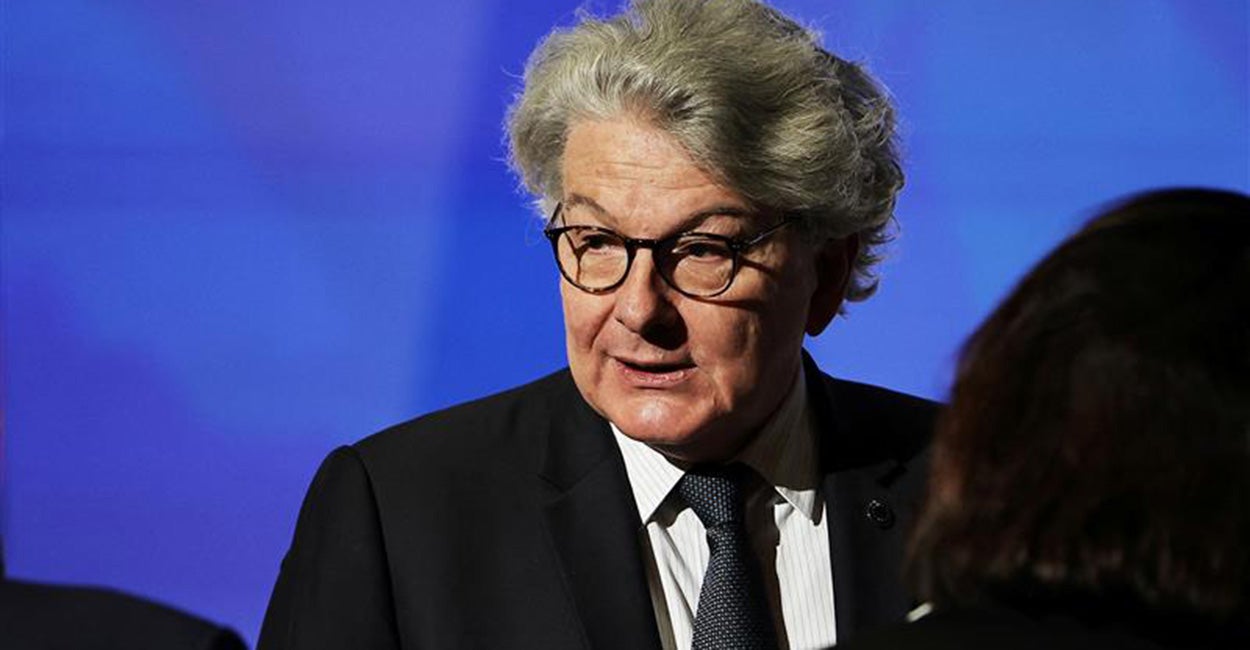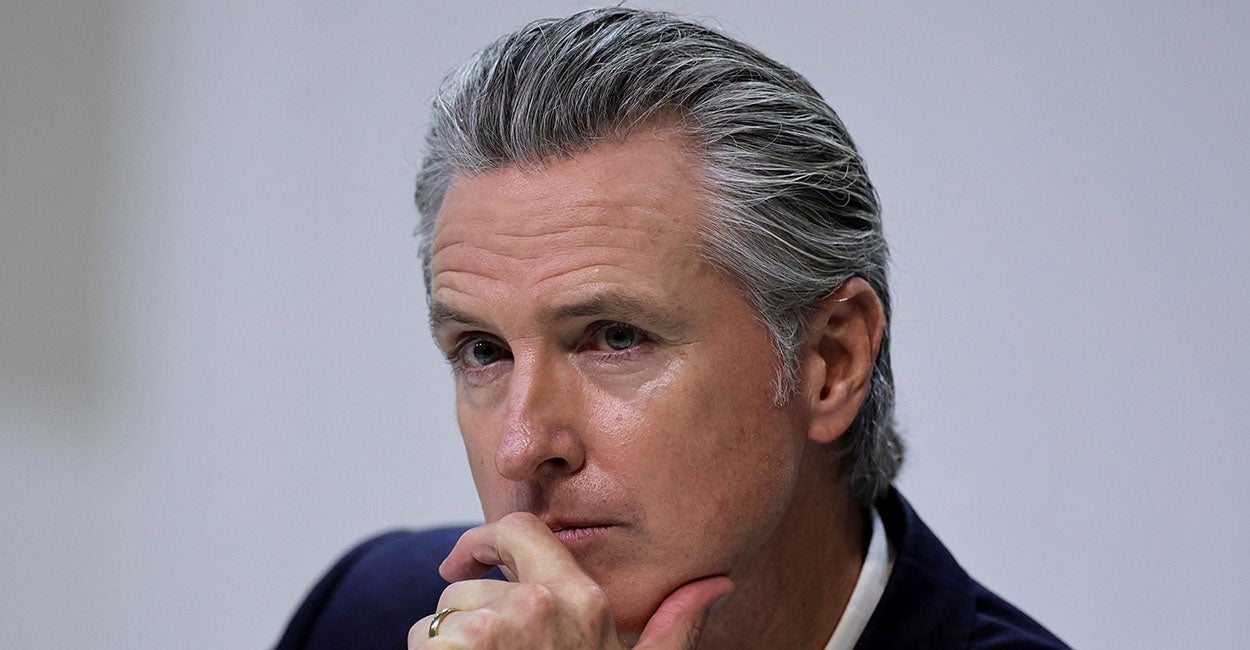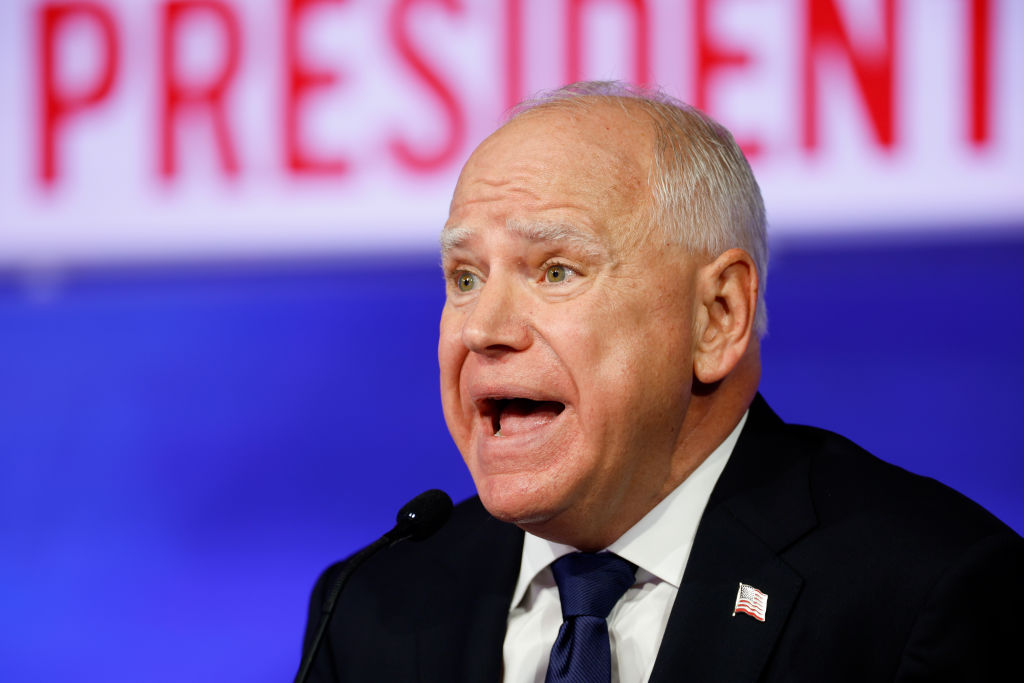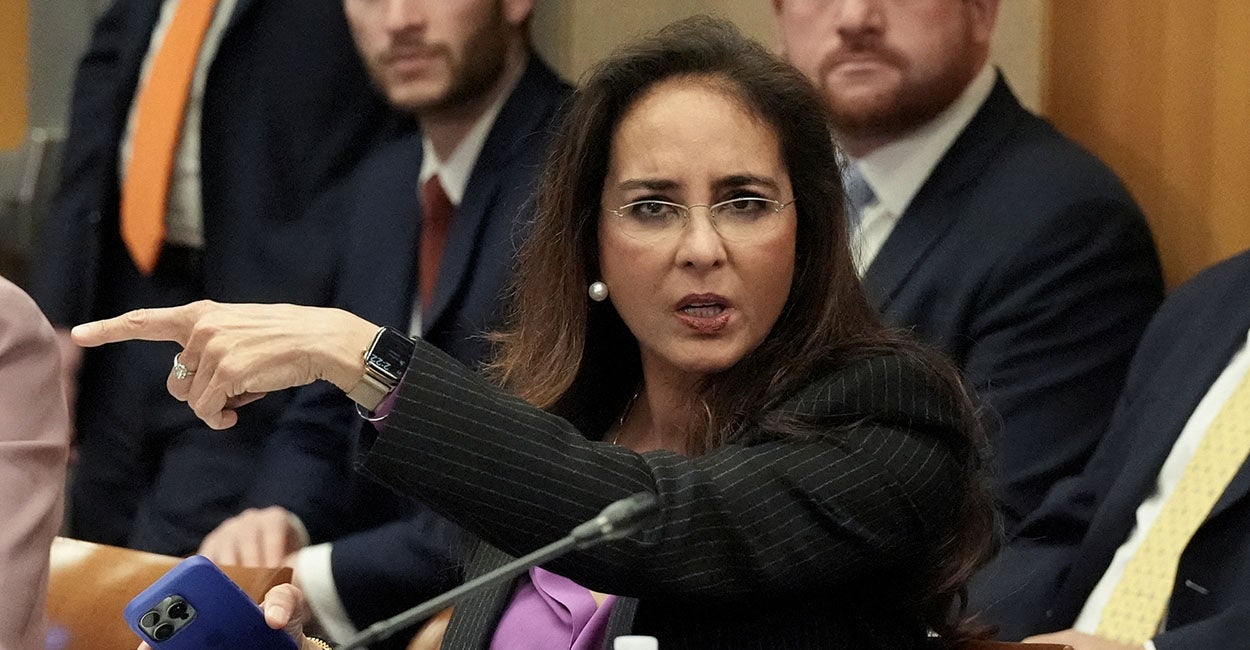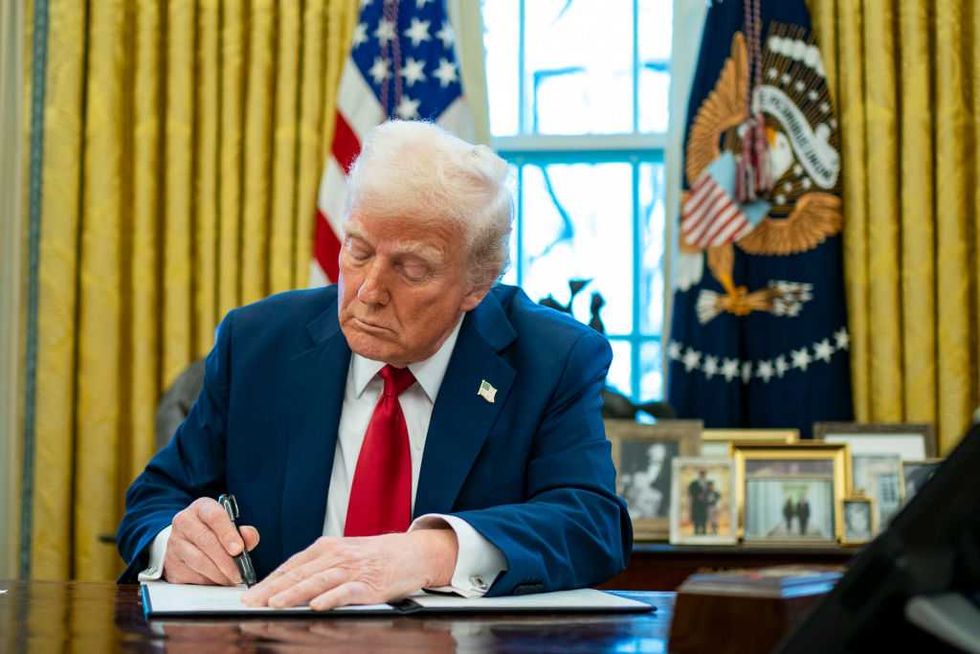Car dealers stuck with unsellable EVs have nobody to blame but themselves
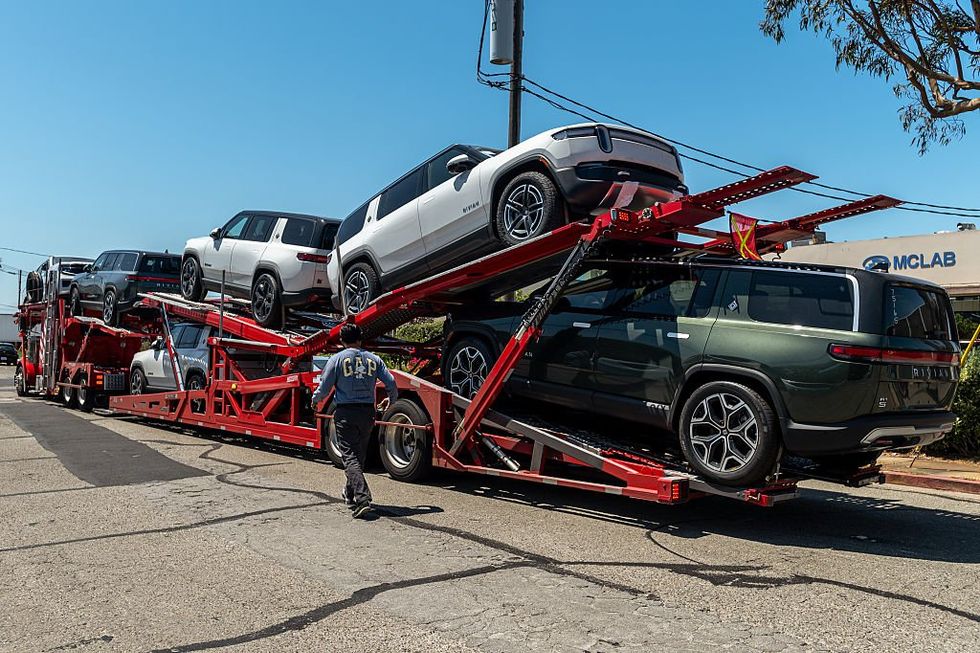
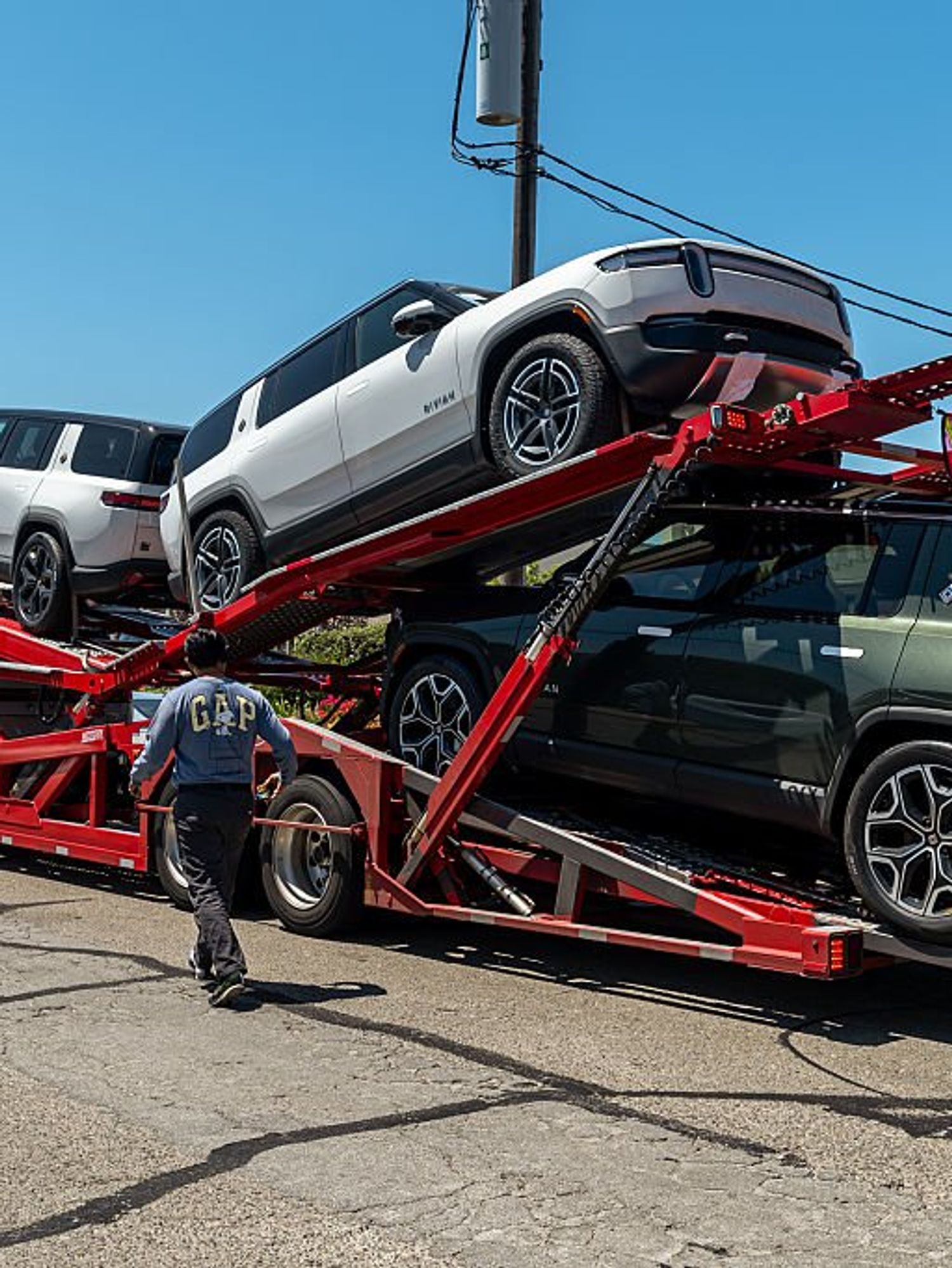
When auto dealers began writing impassioned letters to Congress demanding to keep electric vehicle tax credits alive, it was a clear sign the honeymoon phase of EV policy was over.
Live Your Best Retirement
Fun • Funds • Fitness • Freedom
Behind the public messaging of “going green” and “building the future,” EV dealers and manufacturers are panicking now that President Trump's "big, beautiful bill" has ended the incentives propping up weak consumer demand.
Let’s not sugarcoat this. EV incentives overwhelmingly benefit upper-middle-class and wealthy Americans.
It turns out the incentives did less to protect the environment than to protect an industry shift that never had strong grassroots support in the first place.
CarMax, Carvana, and several dealer groups had urged Congress to preserve the subsidies underwriting their investments in EV sales and service. Now that the "big, beautiful bill" is set to eliminate these subsidies on September 30, these groups are scrambling.
Seeing green
But let’s be honest — this hasn't been about saving the environment for a long time, if it ever was. It’s about protecting profit margins and preserving political capital after years of lobbying silence.
These same companies and their lobbying arms didn’t push back when mandates were being written into law. Now that the tide has turned, they want taxpayers to continue footing the bill for what is, at its core, a luxury purchase for high-income households with easy access to charging infrastructure. For most Americans, this is out of their price range, and charging infrastructure isn’t available.
No more cushion
Congressional Republicans, backed by growing public skepticism of EV mandates, removed the taxpayer-funded cushion that made EVs appear more affordable than they actually are.
The Senate version of the “big, beautiful bill” ends EV tax credits by September 30, 2025 — three months earlier than the House version. The credits were initially set to expire in 2032.
Here’s what’s going away:
- New EVs (under $80,000): up to $7,500 in tax credits;
- Used EVs (under $25,000): up to $4,000 in tax credits.
Too little, too late
Dealers and manufacturers had years to challenge the growing federal mandates that funneled billions into EV production and infrastructure. They didn’t. Why? Because the gravy train was still running.
Billions in government contracts, purchase incentives, and sweetheart regulatory deals made it too lucrative to speak out. Now, with the Trump administration's sharp reversal of course, the industry wants the benefits to stay — even if the rules are changing.
Sorry, but this is the cost of doing business. You don’t get to opt out of pushback now that the political winds have shifted. If customers want EVs, they’ll buy them.
That’s how the free market works. What we’re seeing now is an attempt to artificially prop up demand with taxpayer dollars, even as surveys show most Americans still prefer internal combustion or hybrid vehicles, citing price, range anxiety, and lack of infrastructure as major concerns.
Judicial speed bump
In a twist that highlights the tangled relationship between politics and policy, a federal judge has blocked the Trump administration from halting EV infrastructure funds for 14 states.
These funds, stemming from former President Biden’s Infrastructure Investment and Jobs Act, were designed to eliminate “range anxiety” by building a nationwide EV charging network. The result was $5 billion spent and seven EV chargers that are live today. A massive waste of your tax dollars.
RELATED: Fudged figures wildly exaggerate EV efficiency
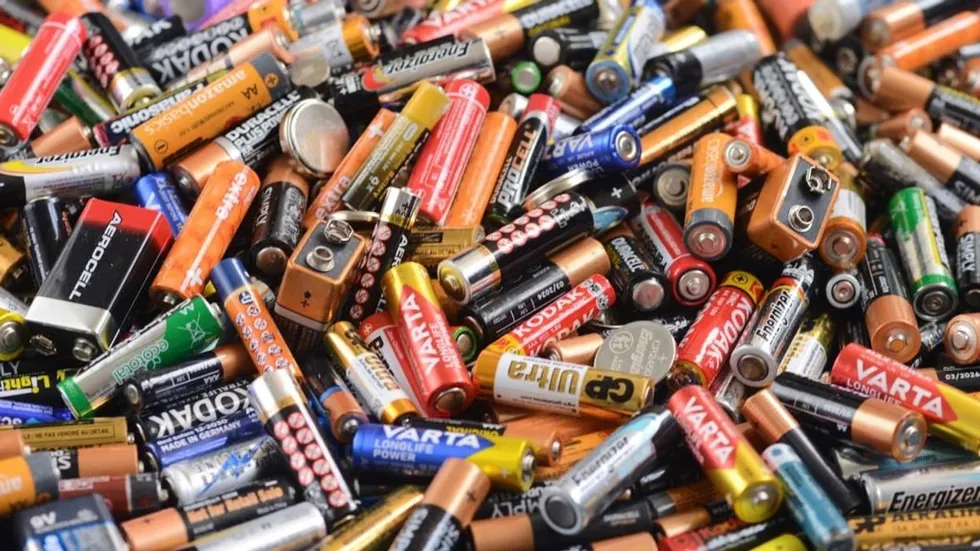 Peter Dazeley/Getty Images
Peter Dazeley/Getty Images
U.S. District Judge Tana Lin ruled that withholding these funds exceeded federal authority. Because the U.S. attorney general's office failed to appeal the order, states like California, New York, and Colorado will see their EV charging infrastructure plans reinstated.
Still, this judicial intervention doesn’t fundamentally shift the larger momentum. Trump’s Department of Transportation has made it clear: The Biden-Buttigieg National Electric Vehicle Infrastructure program was a failure, and it’s being removed. The outcome of this legal battle could delay the administration’s intent to unwind EV mandates and boondoggles. But in the end, the EV mandate and incentives will disappear.
Return to sender
Even the U.S. Postal Service is caught in the EV policy crossfire, as the new legislation has ended its $9.6 billion program to electrify its fleet. A substantial part of this budget went to Ford and Oshkosh Defense to supply the USPS with all-electric Next Generation Delivery Vehicles.
Why does this matter? Because it shows just how embedded (and expensive) this EV experiment has become. Forcing the USPS to go 100% electric is a waste of tax dollars and causes problems and delays of mail deliveries — especially considering that manufacturers were having difficulty meeting the promised deadlines and the agreed upon price.
Cui bono?
Let’s not sugarcoat this. EV incentives overwhelmingly benefit upper-middle-class and wealthy Americans. They’re the ones who can afford $60,000 Teslas or $80,000 Hummer EVs. They can afford home chargers, and they have multiple cars and easy access to public charging. The very Americans who are footing the bill for these incentives — the working class — are the least likely to benefit from them.
Moreover, EVs are not as “clean” as their marketing and mainstream media suggest. The mining of lithium, cobalt, and rare earth metals comes with serious environmental and human consequences, often in countries with little regulation. And the electricity that powers these vehicles? Still largely generated from coal and natural gas in many parts of the U.S.
Let the market decide
The EV market hasn’t succeeded like the past administration claimed. There’s still minimal demand; drivers want lower-cost gas vehicles, hybrids, and plug-in hybrids. But the idea that EVs are the inevitable future and must be subsidized into dominance is not grounded in economic or consumer reality.
Manufacturers and dealers made a business bet. Some will win, others will lose. But the solution isn’t to keep squeezing taxpayers. It’s to give consumers choices — gas, hybrid, diesel, or electric — and let the best technology win in a fair and open marketplace.
Instead of begging Congress to keep the incentives, maybe the industry should have taken a hard look at how it got here. Consumers want freedom of choice, not government mandates wrapped in green marketing. If EVs are truly better, they’ll succeed on their own merits.
Originally Published at Daily Wire, Daily Signal, or The Blaze
What's Your Reaction?
 Like
0
Like
0
 Dislike
0
Dislike
0
 Love
0
Love
0
 Funny
0
Funny
0
 Angry
0
Angry
0
 Sad
0
Sad
0
 Wow
0
Wow
0




